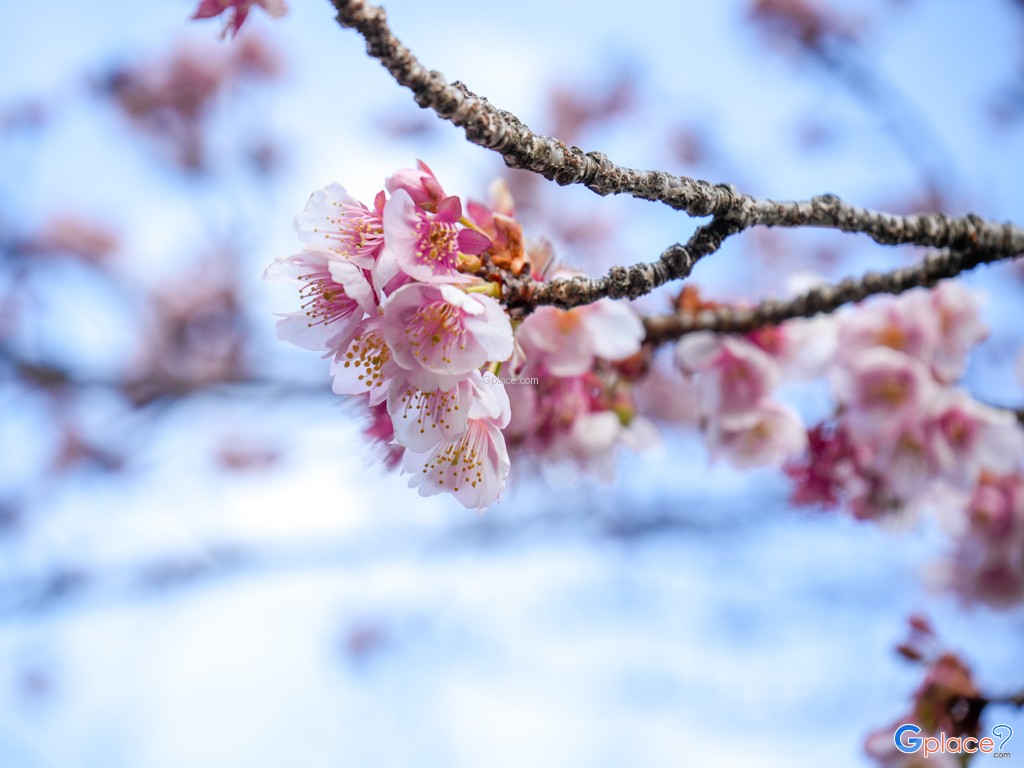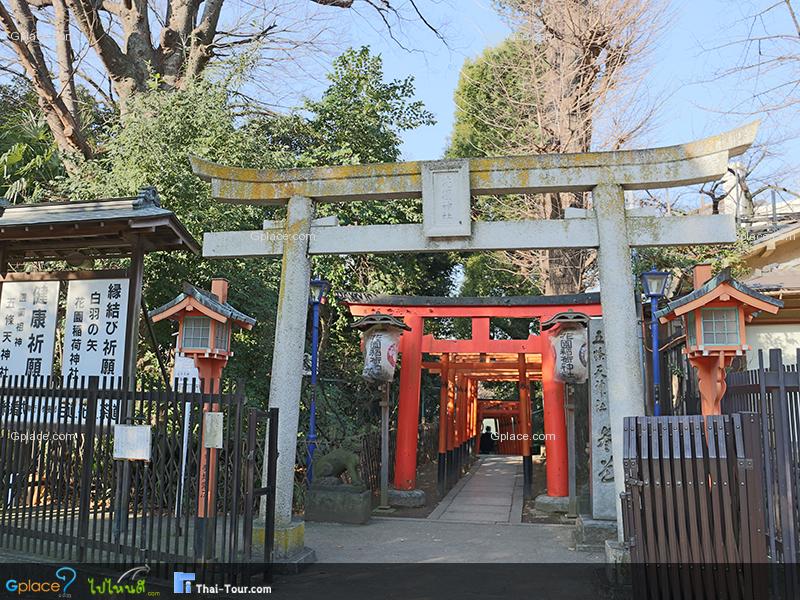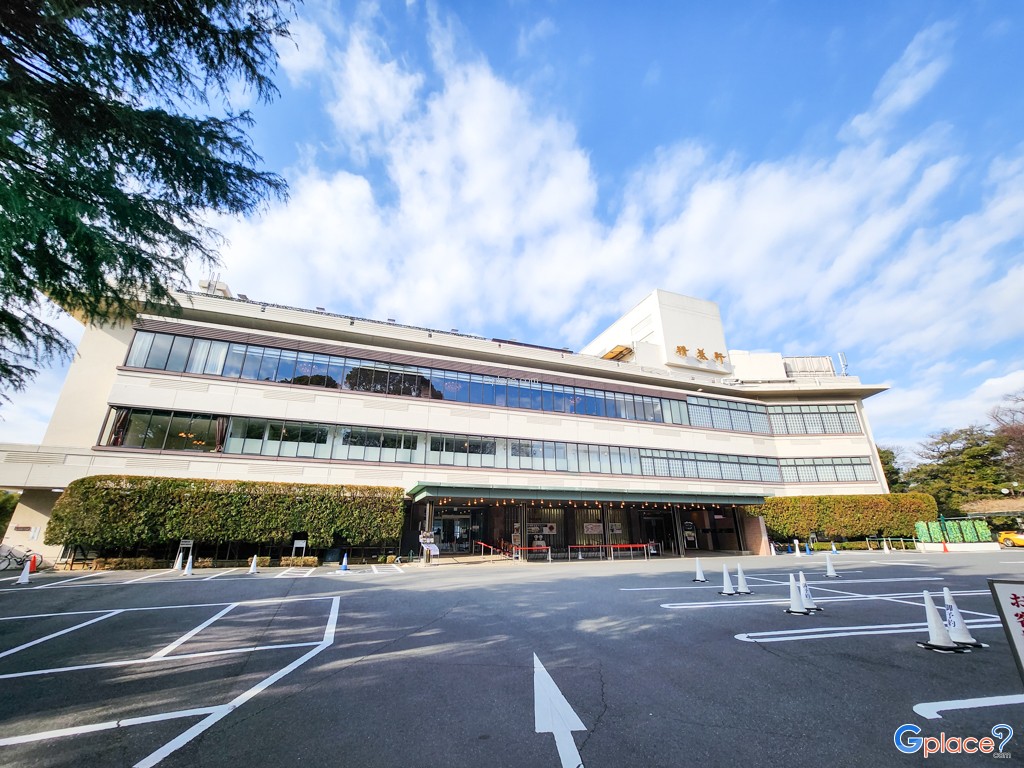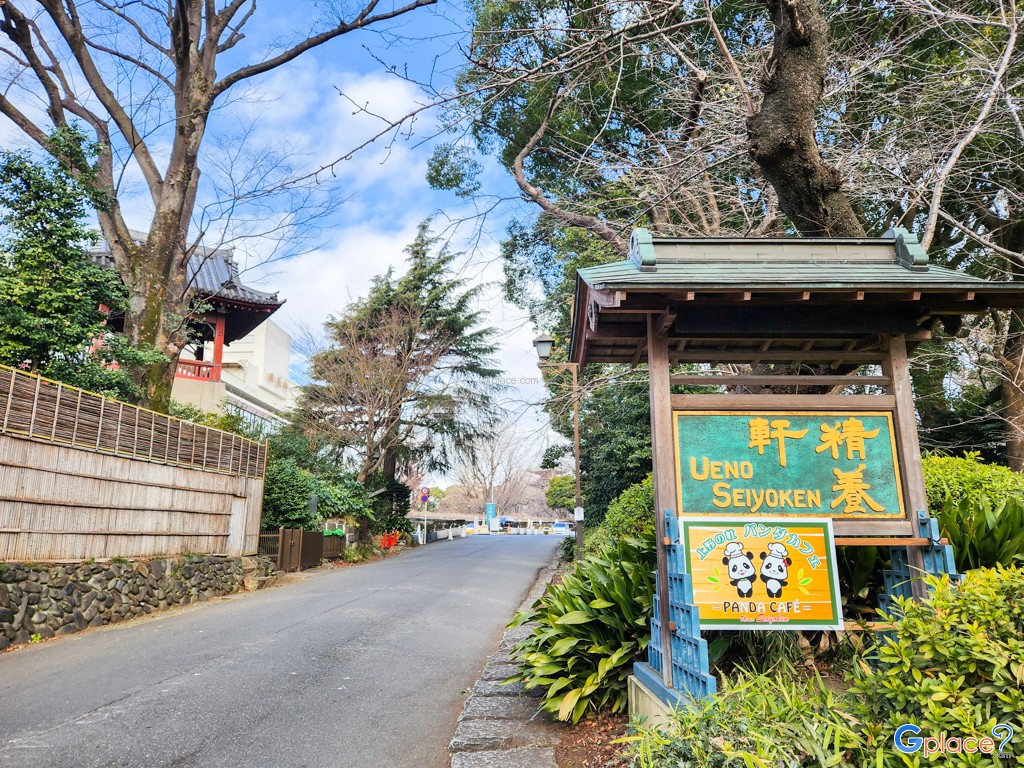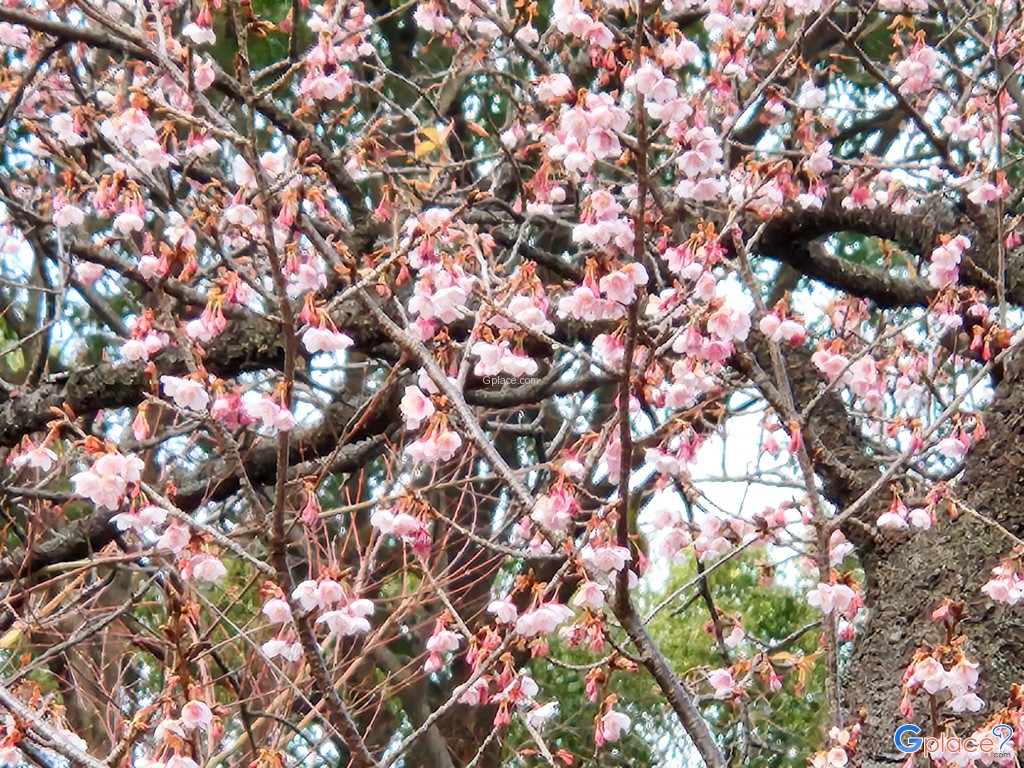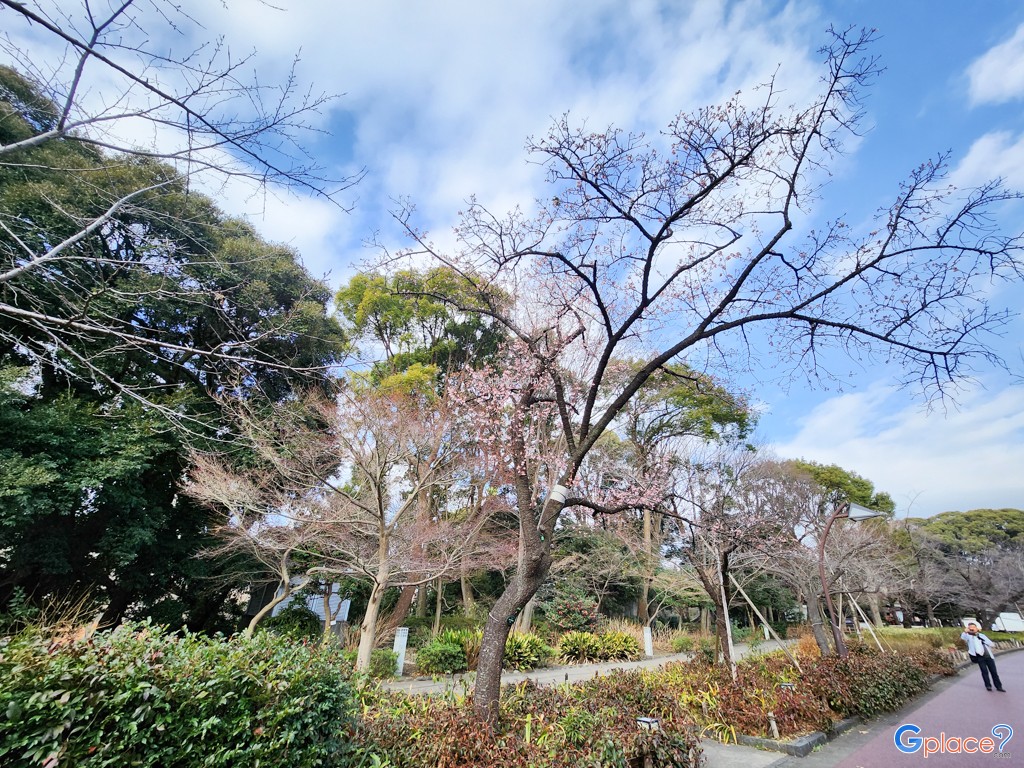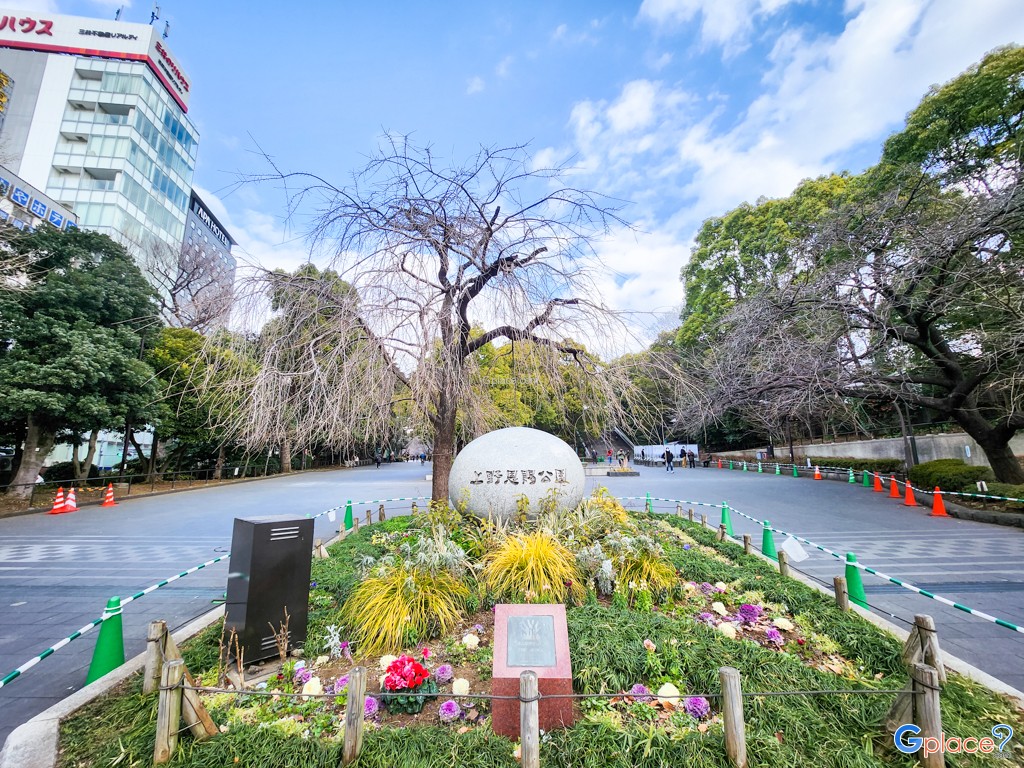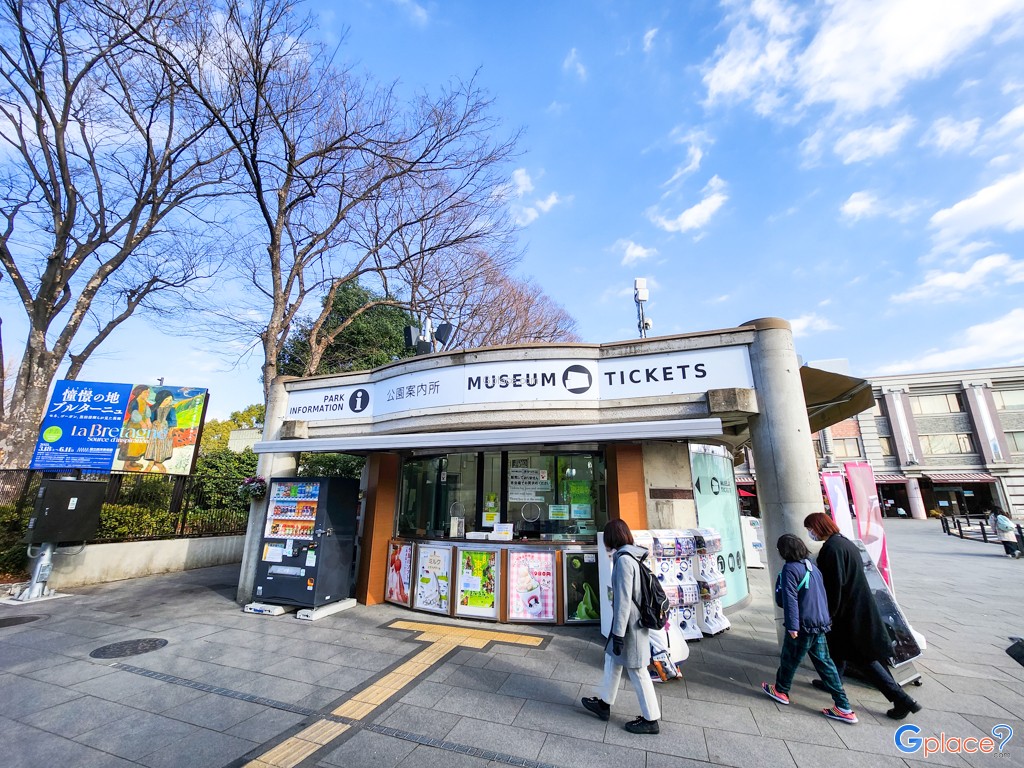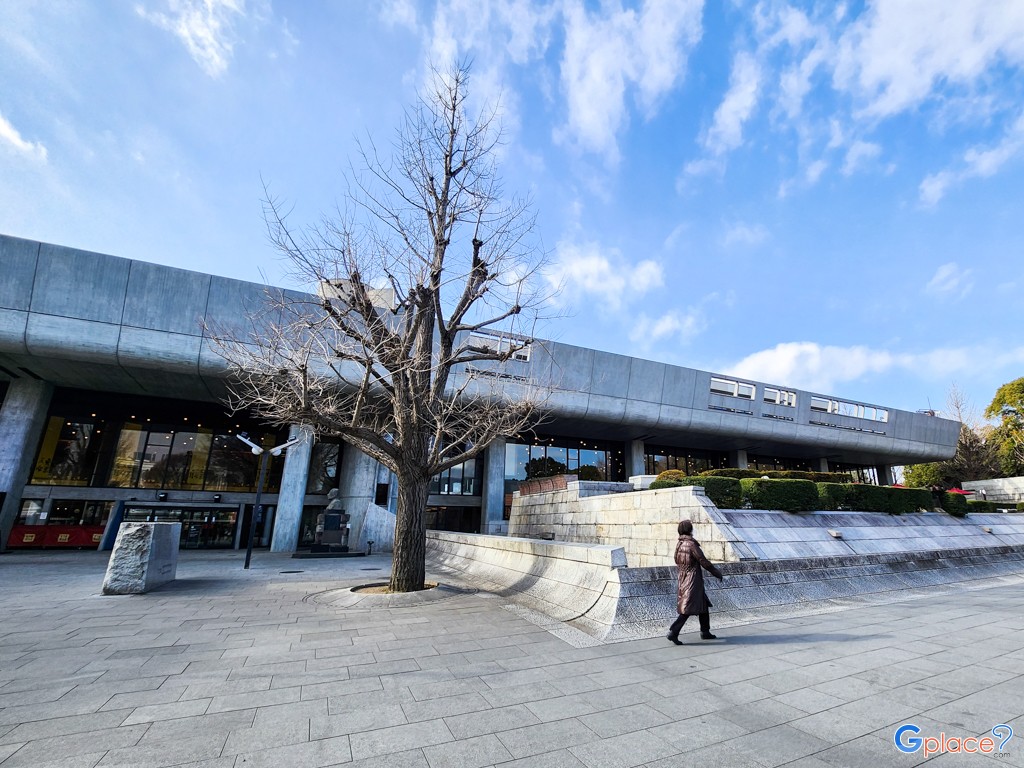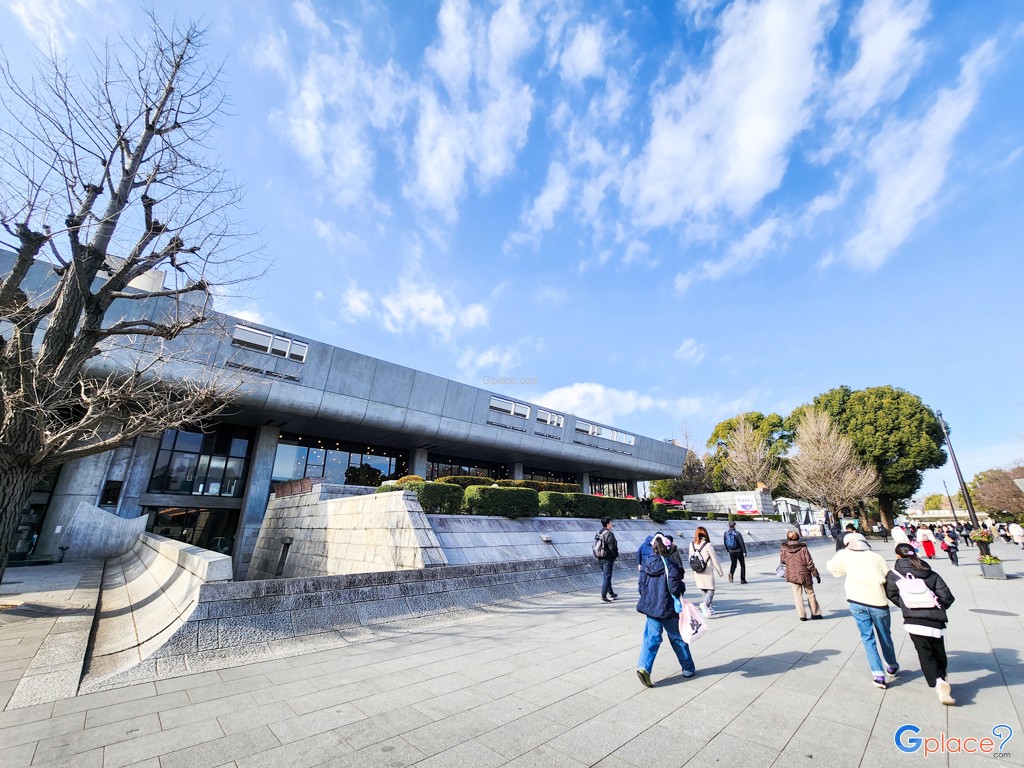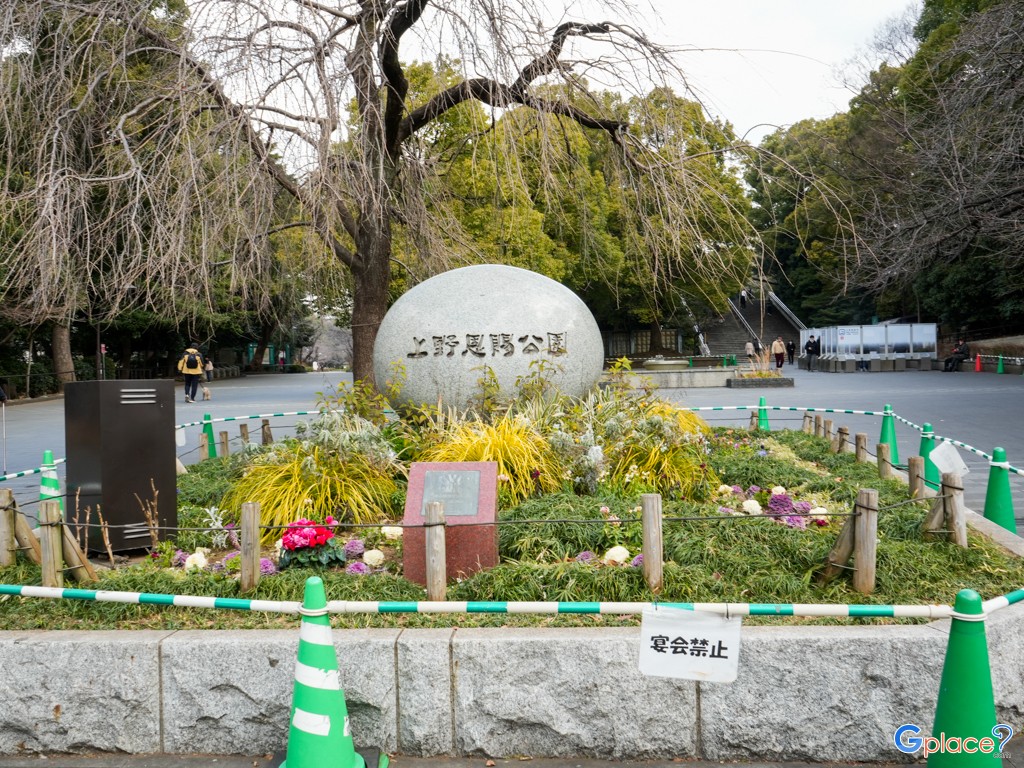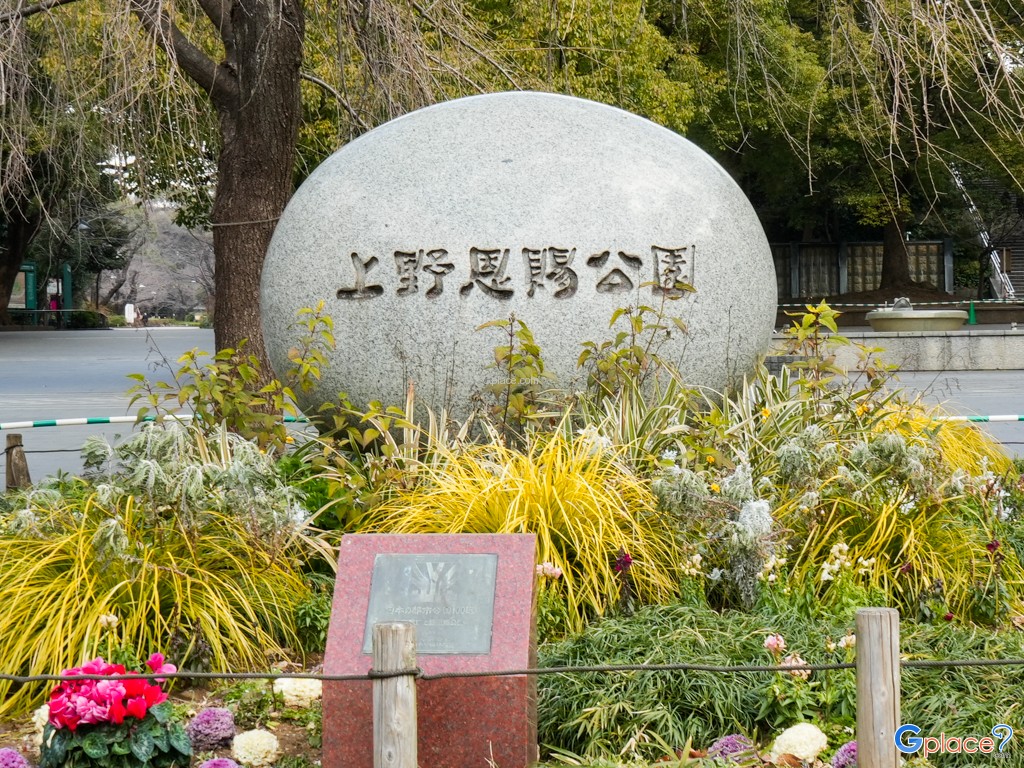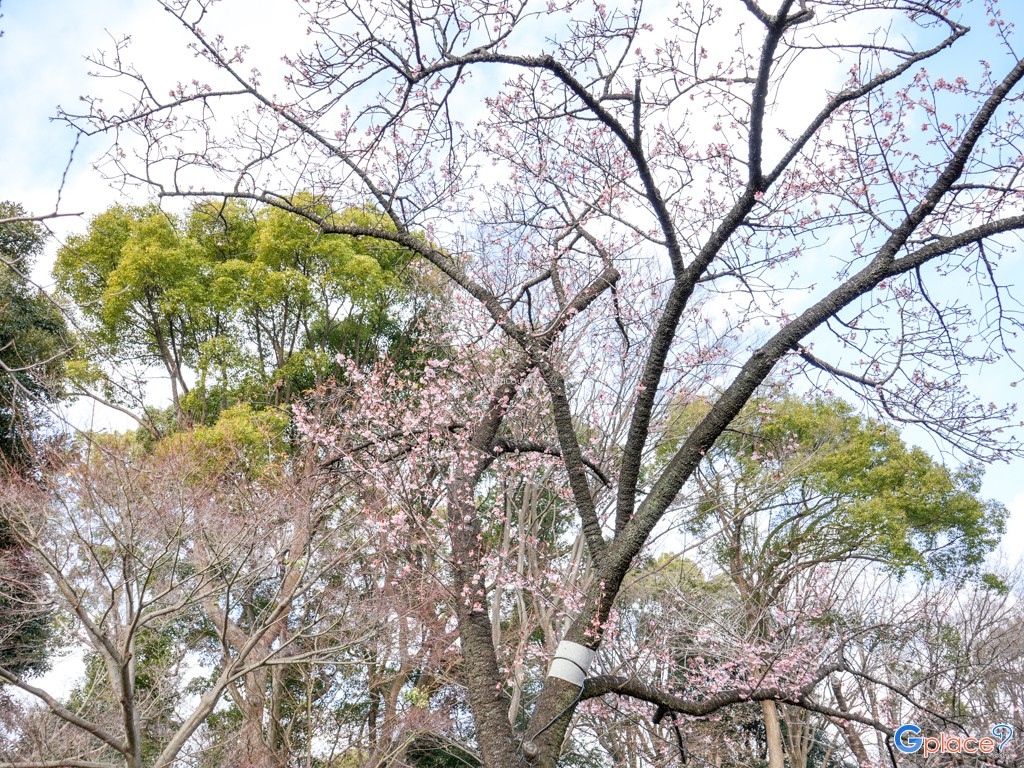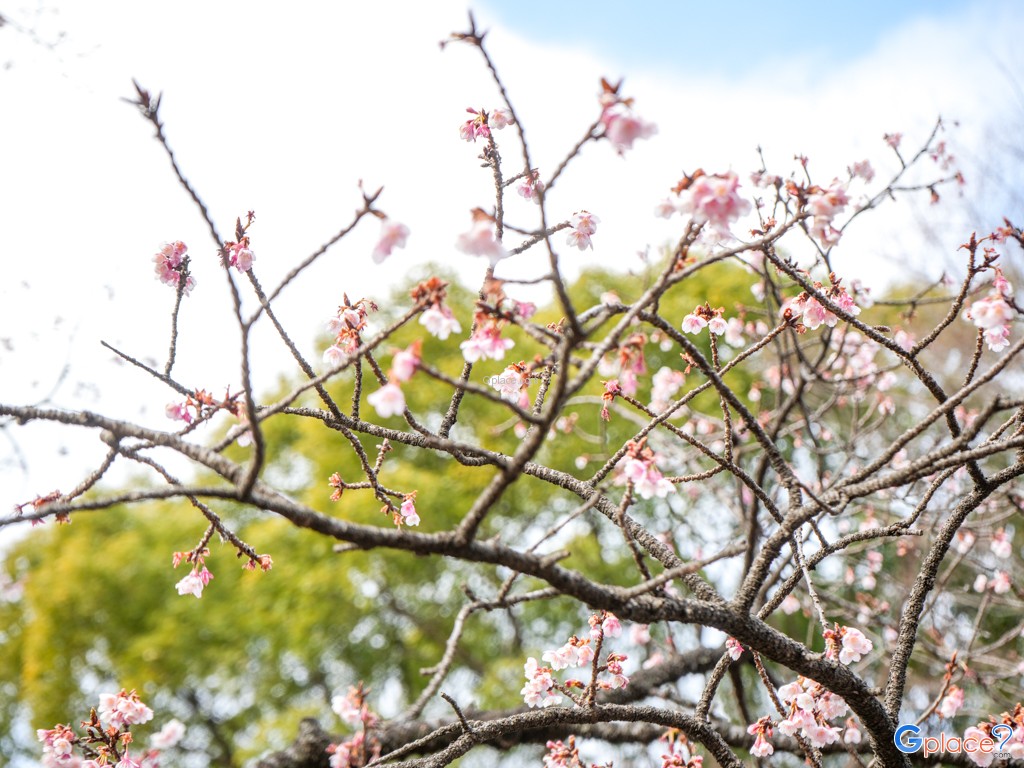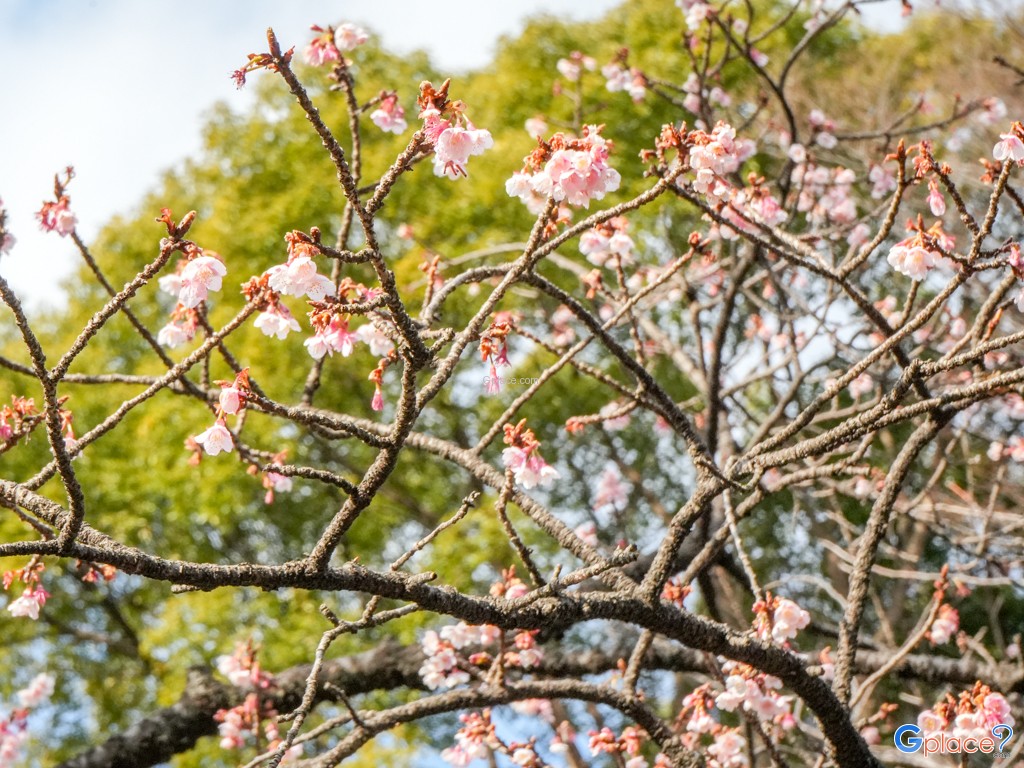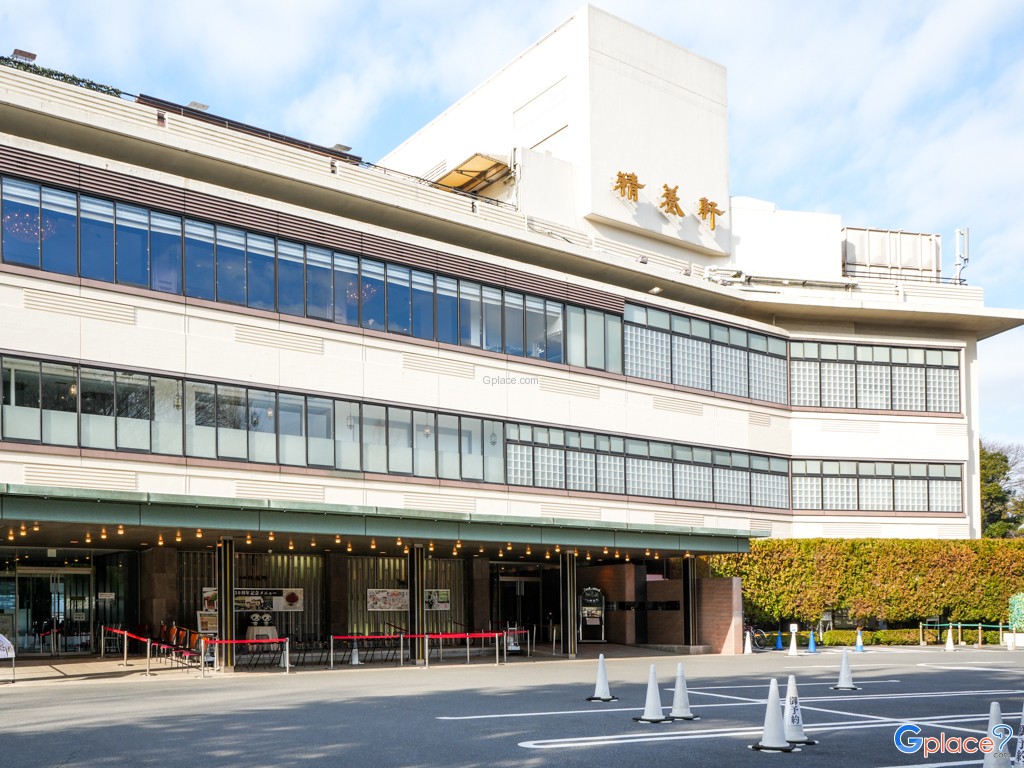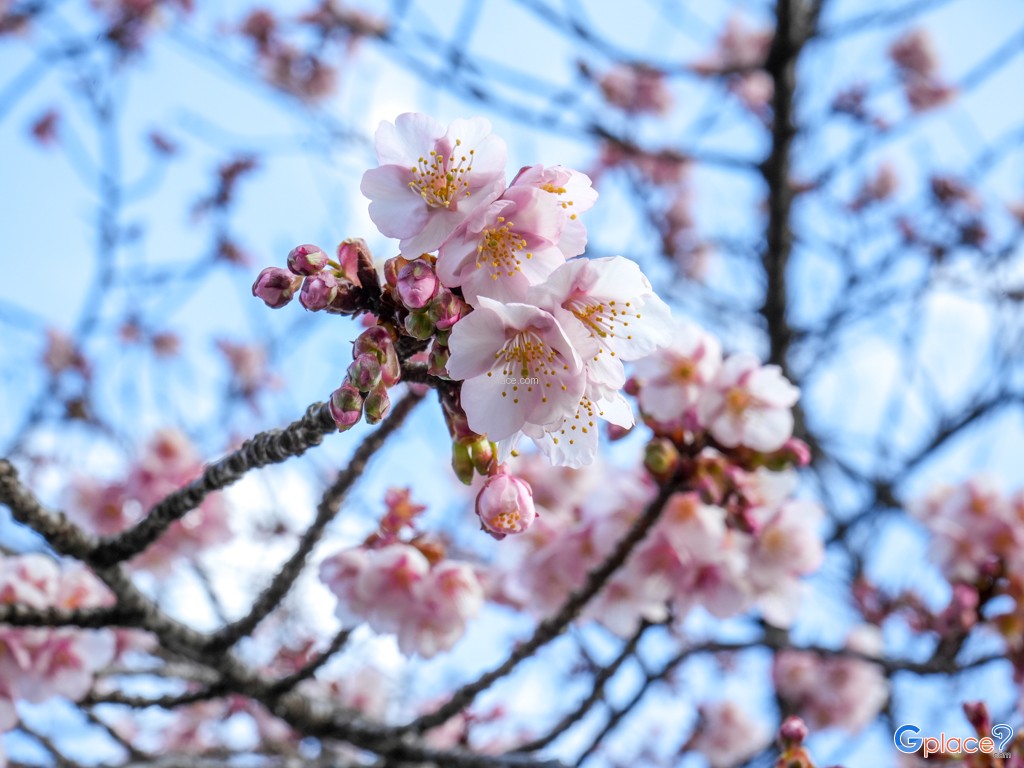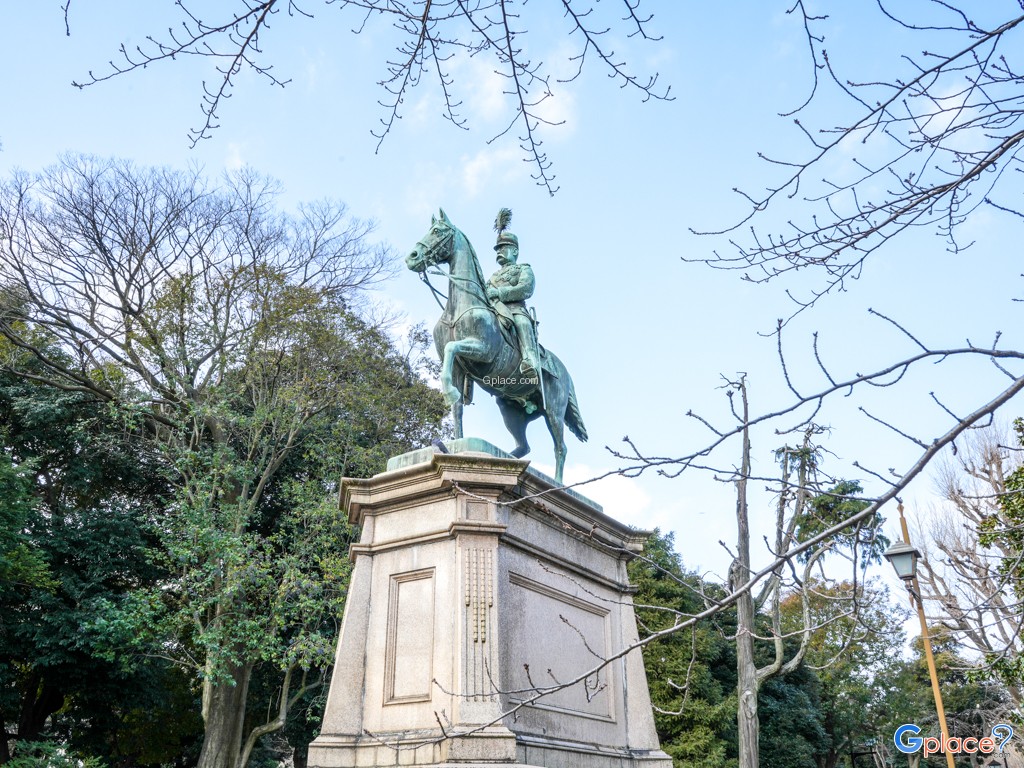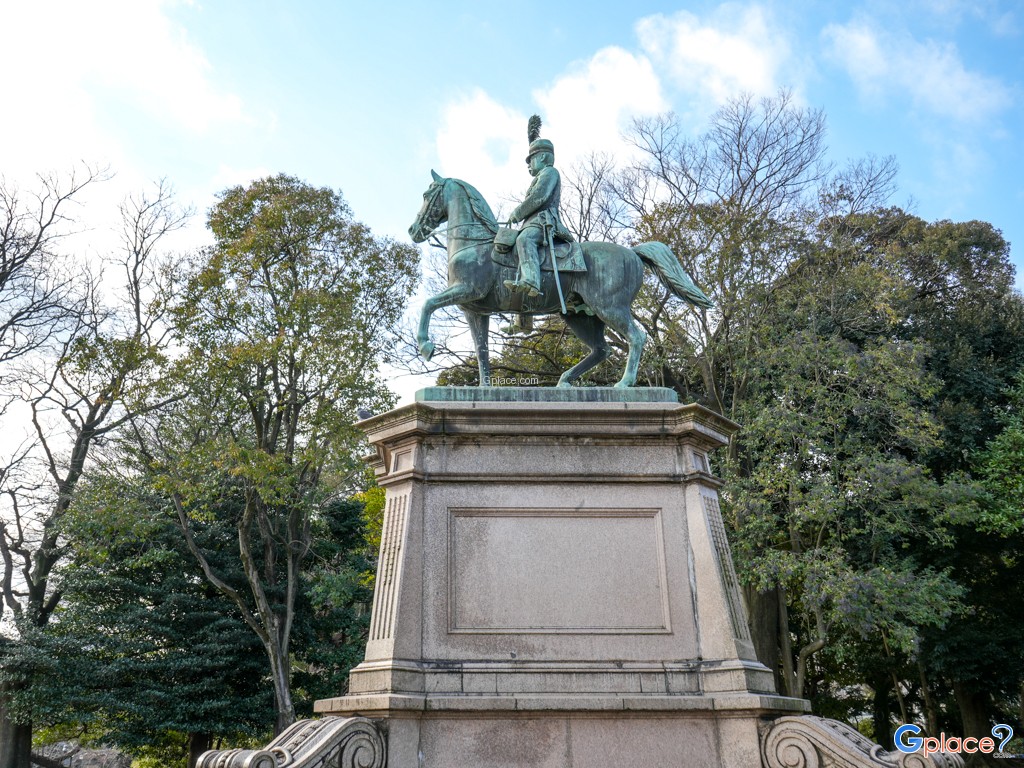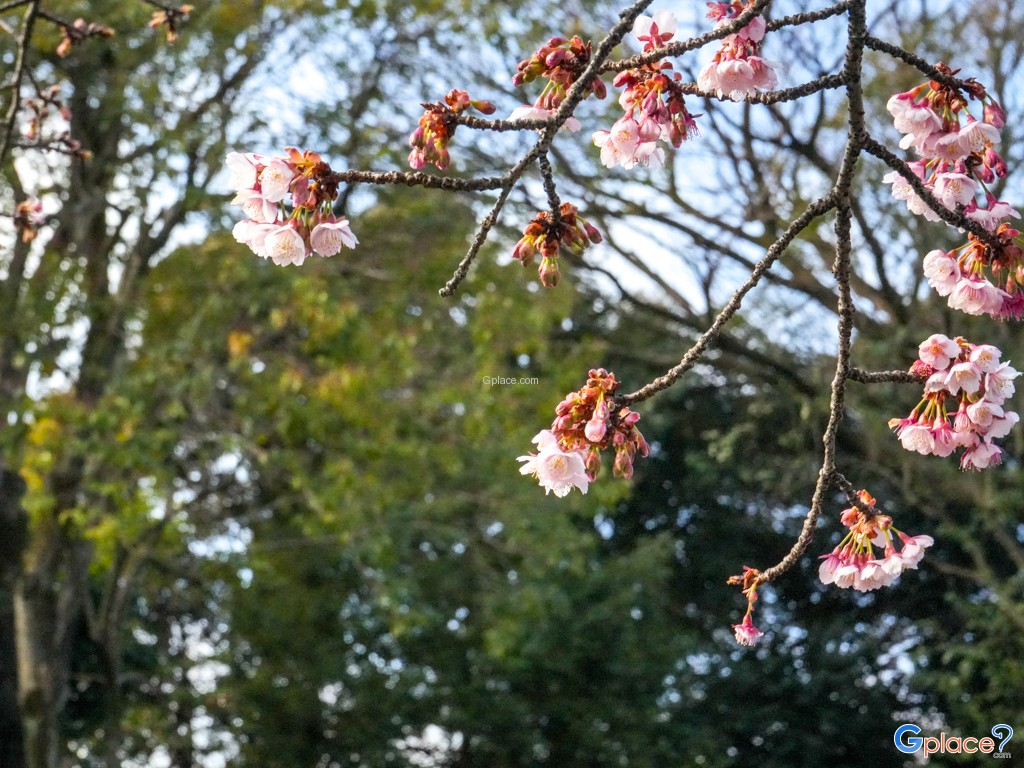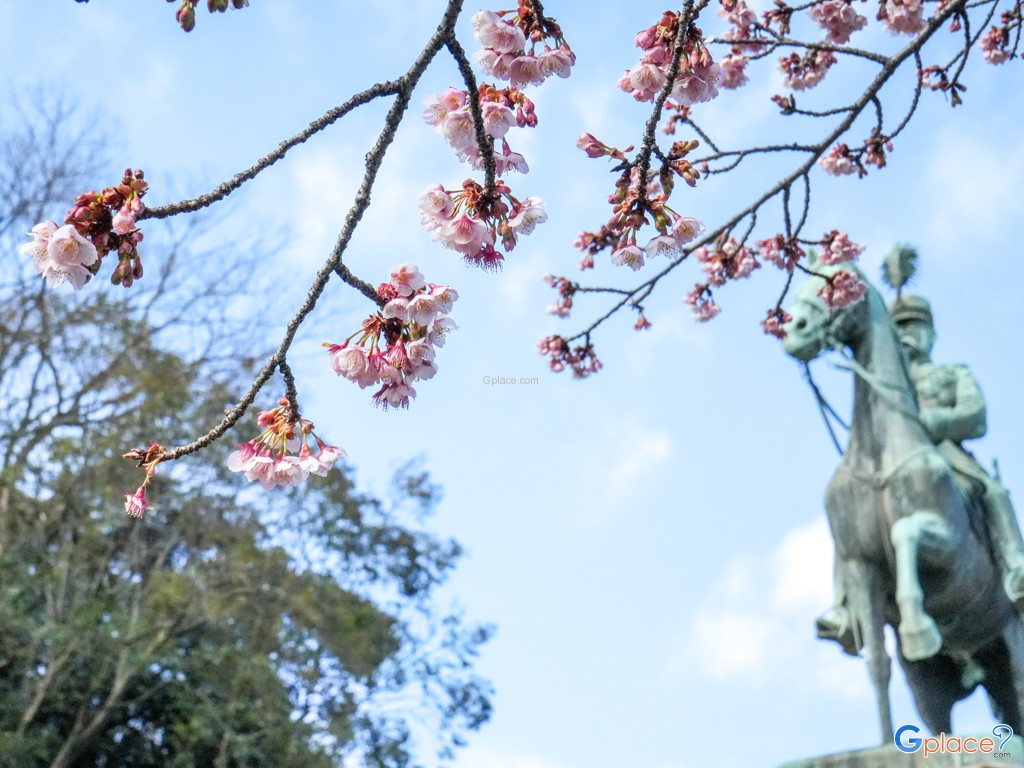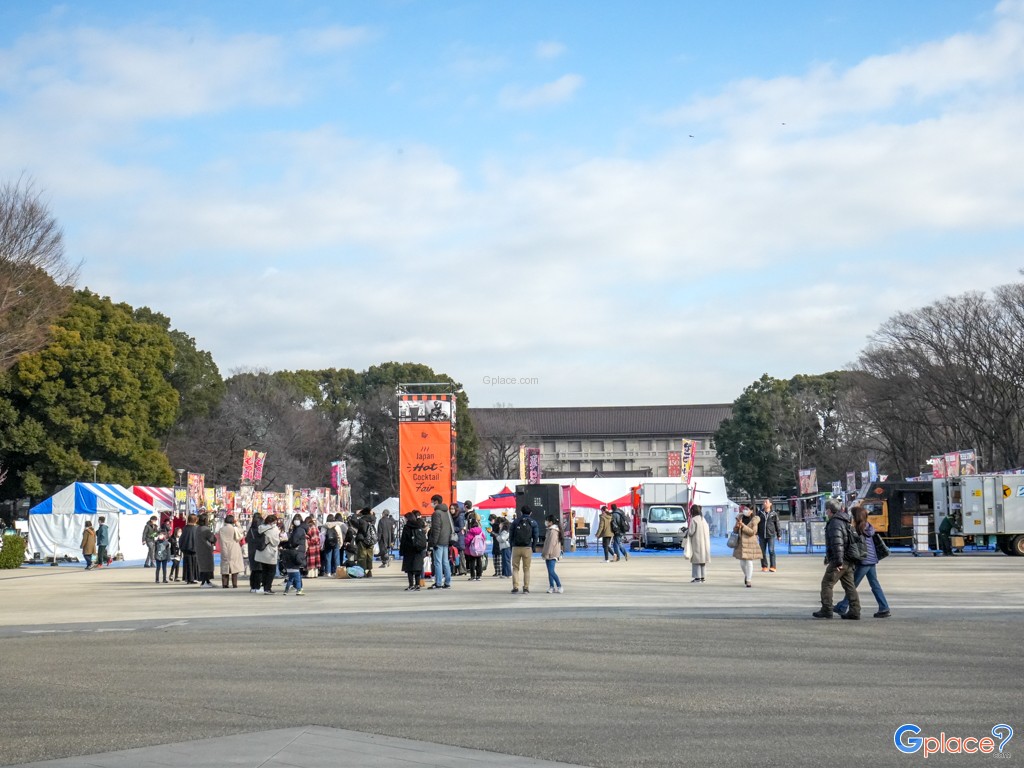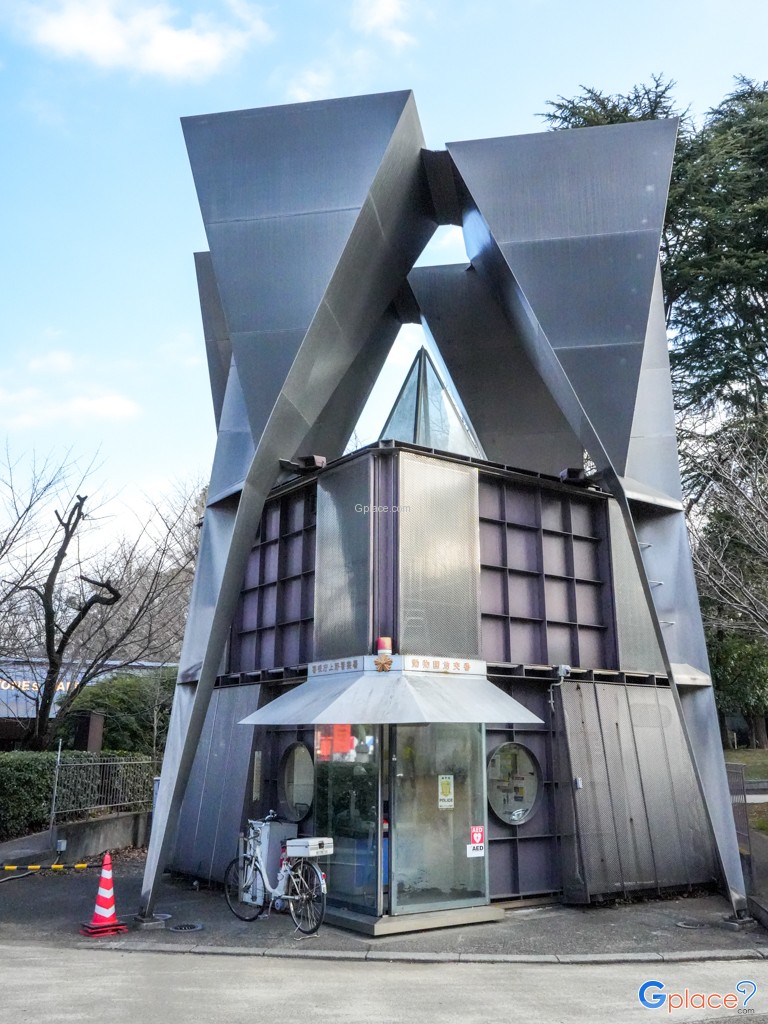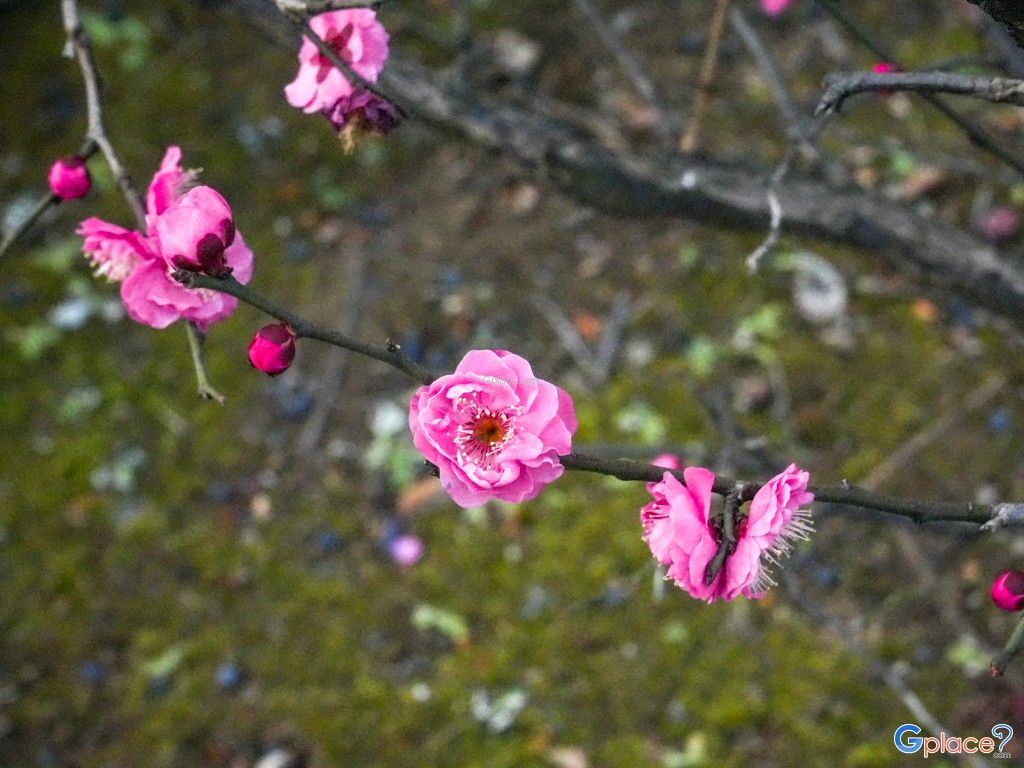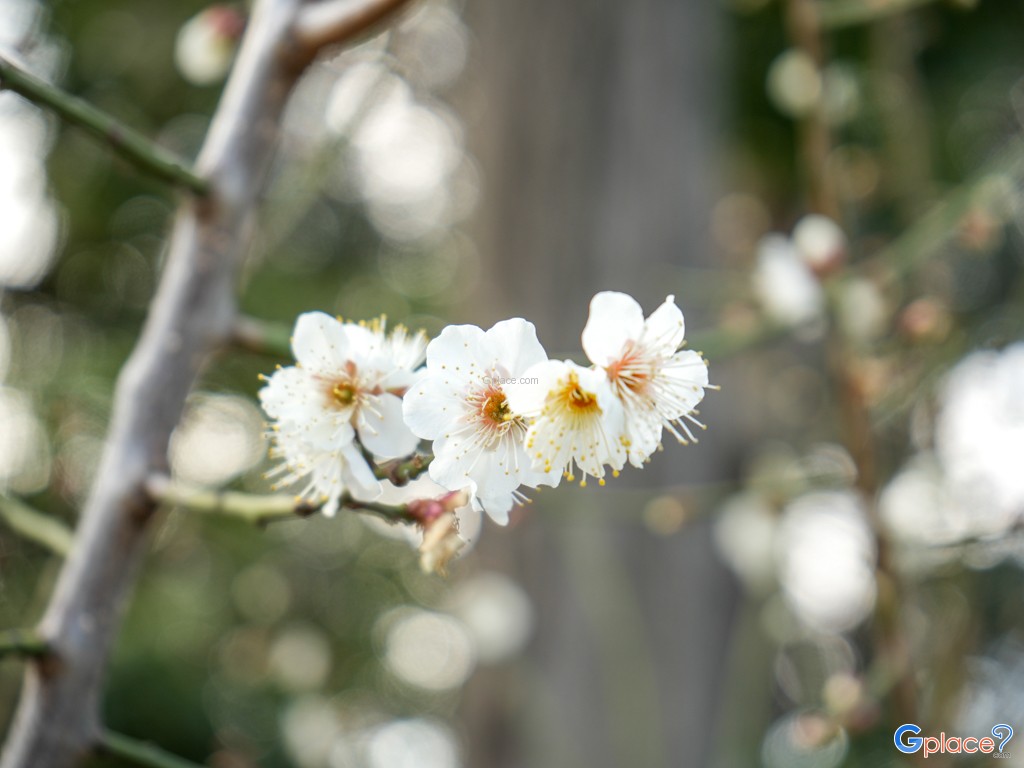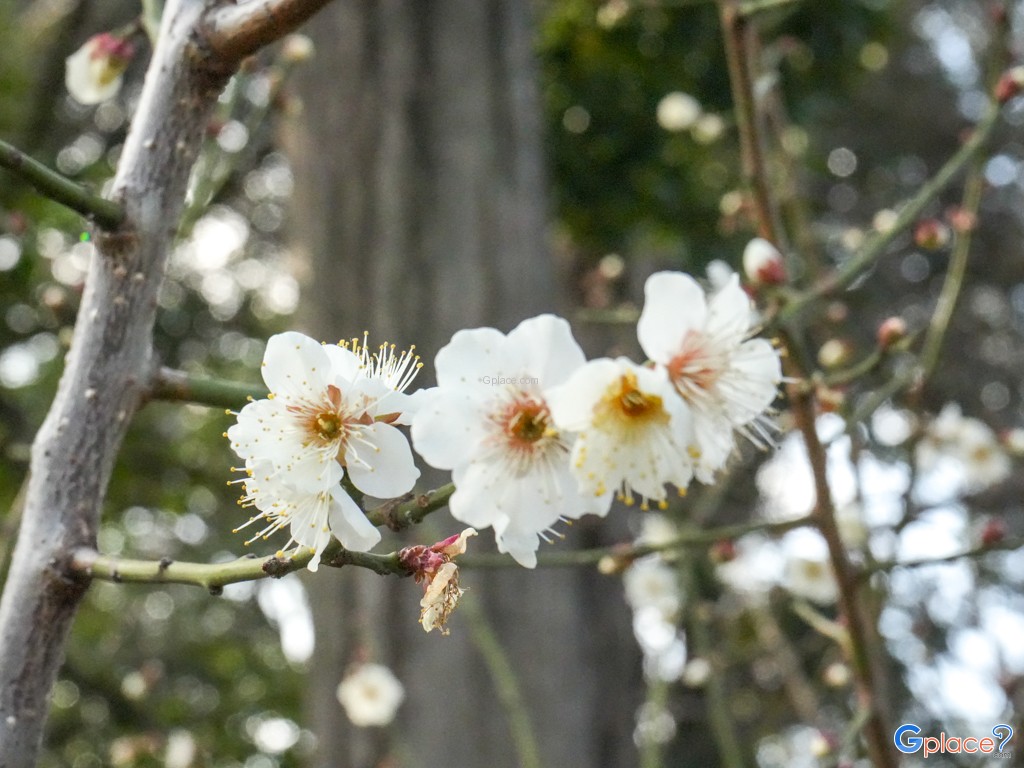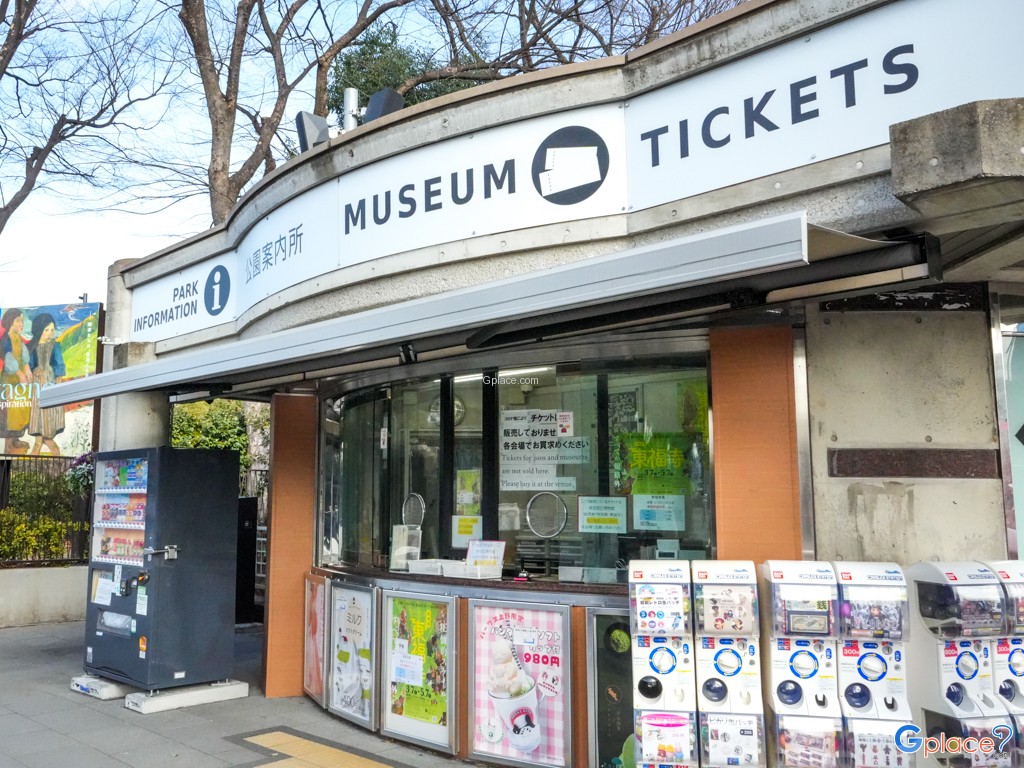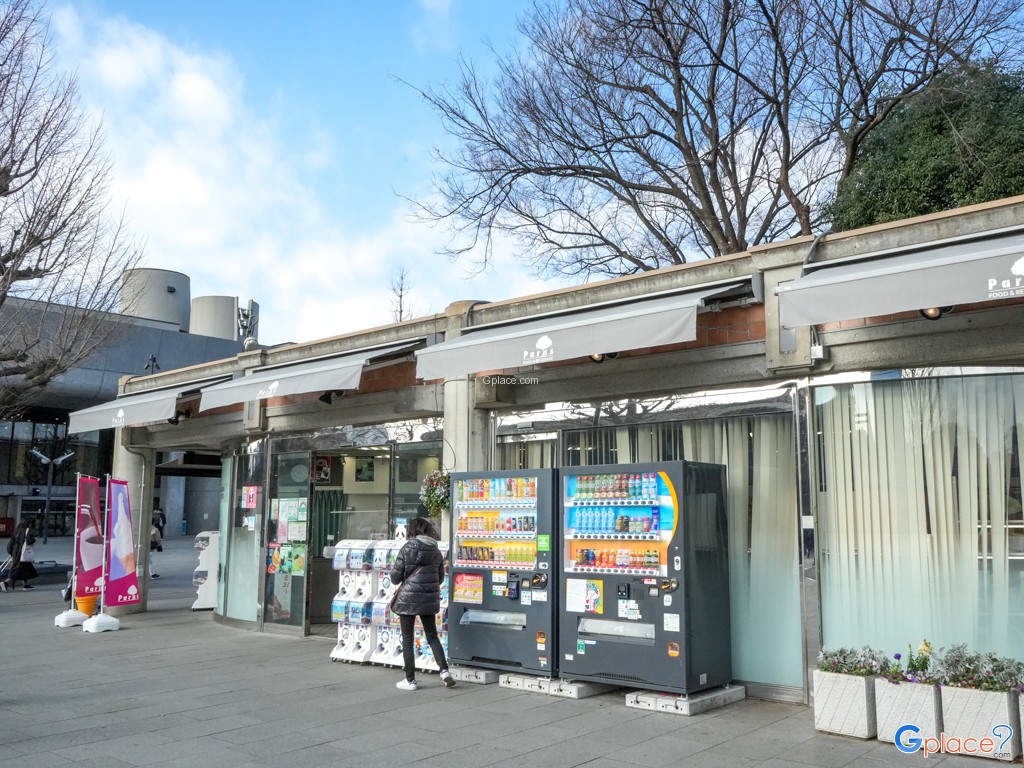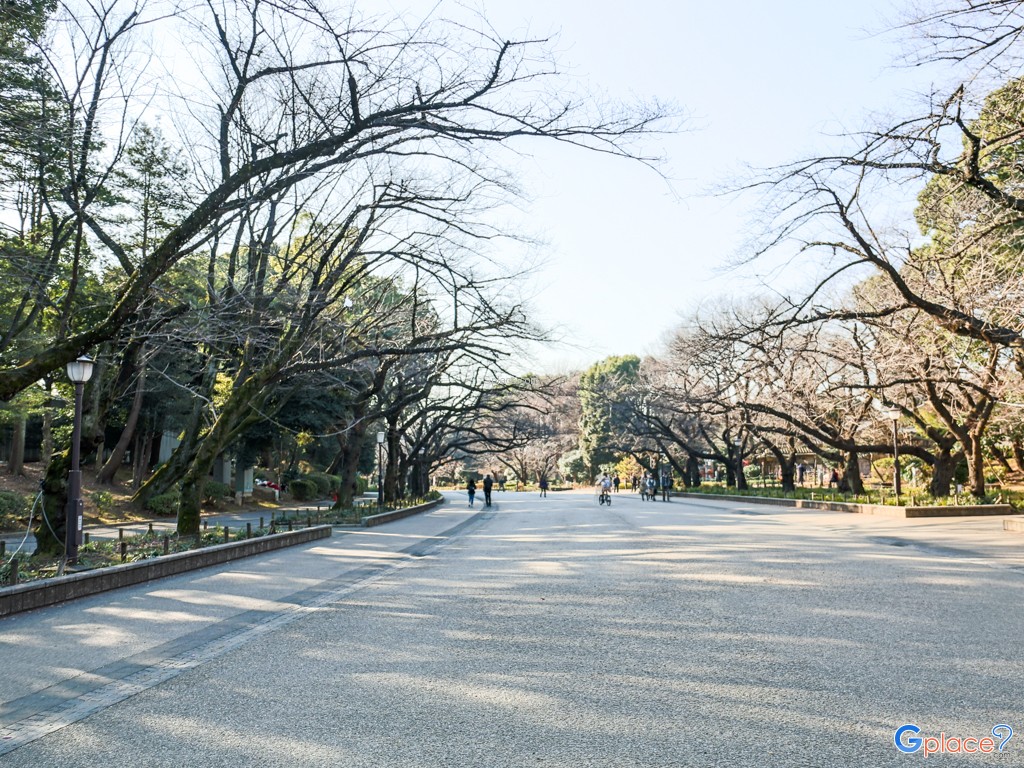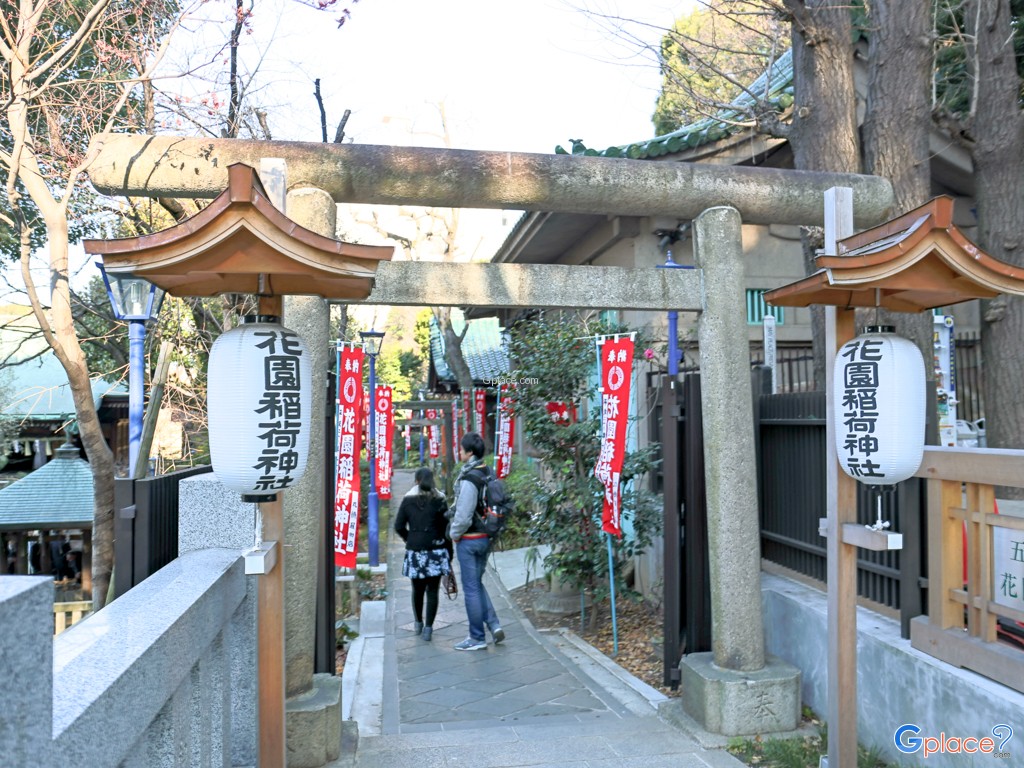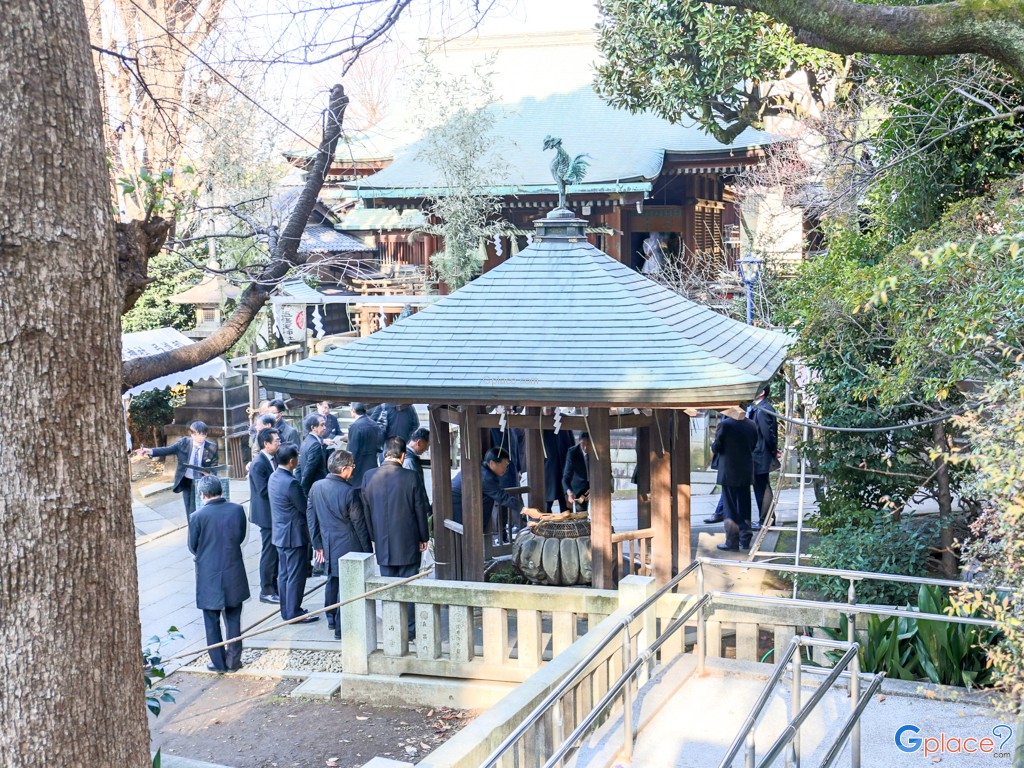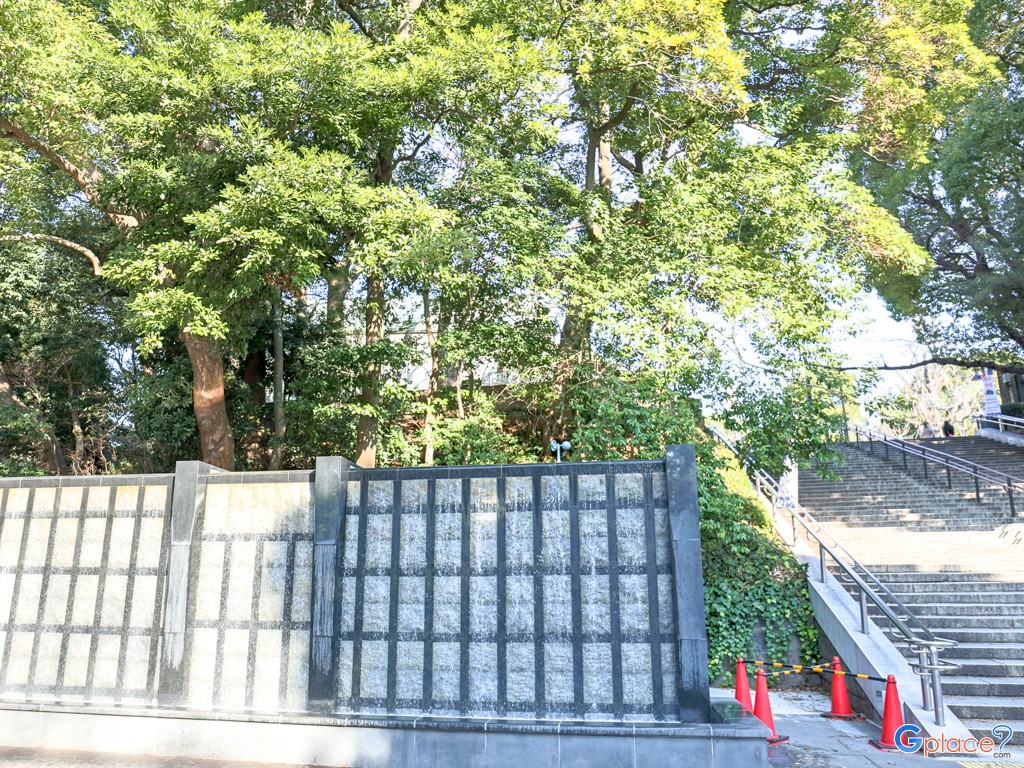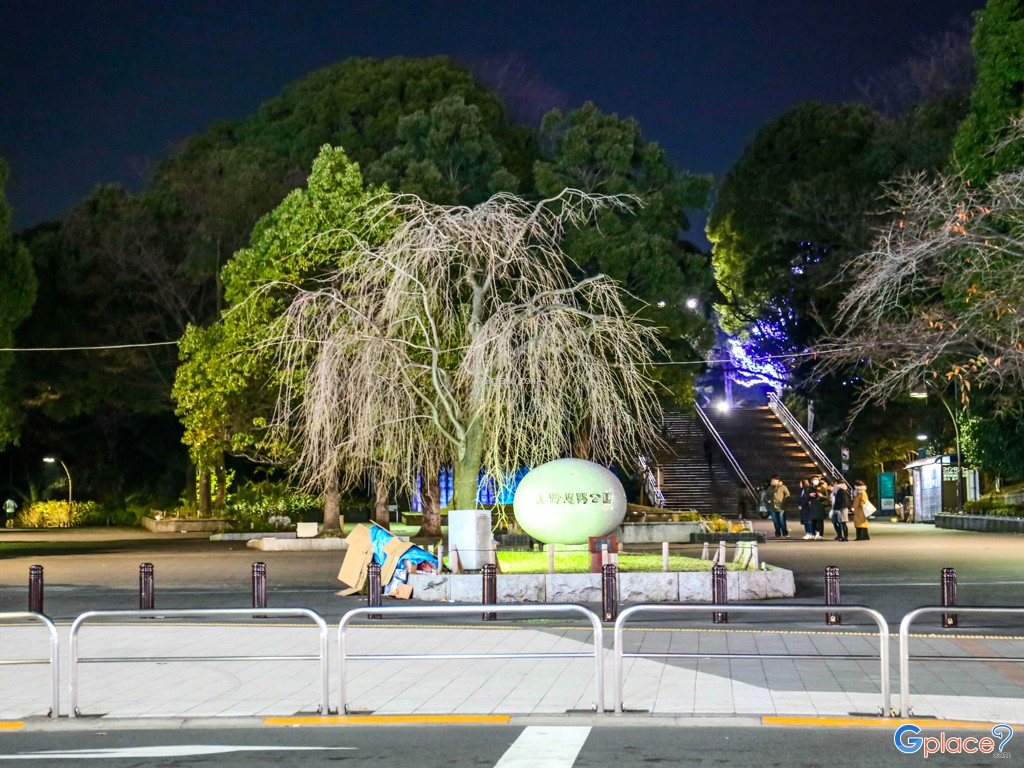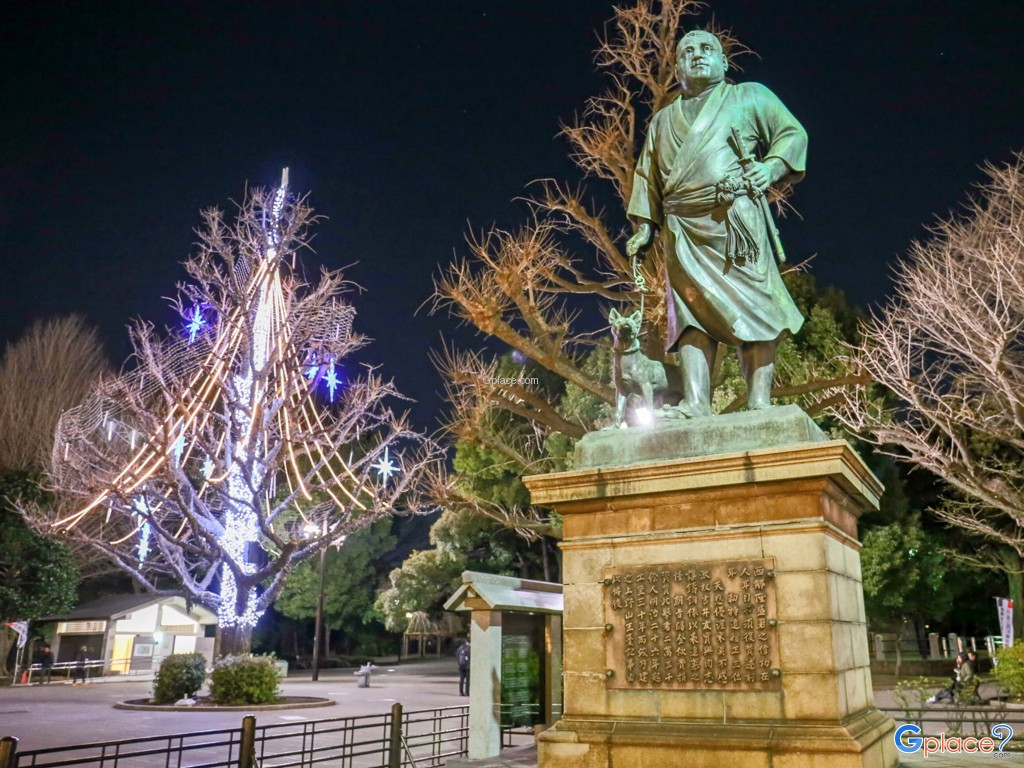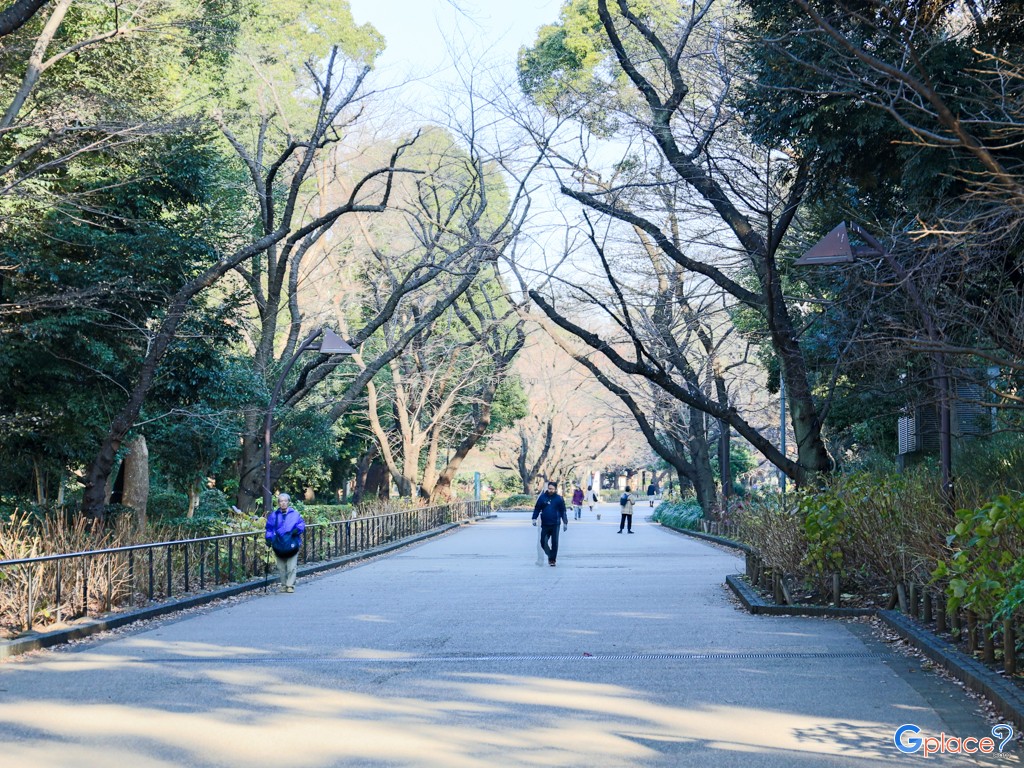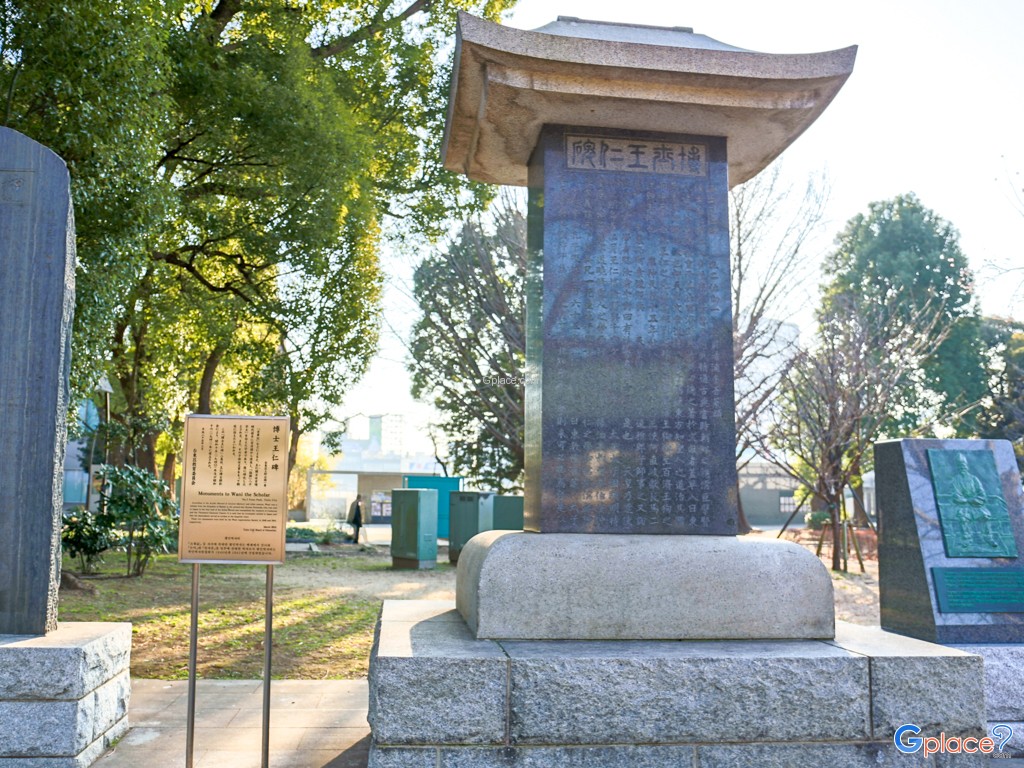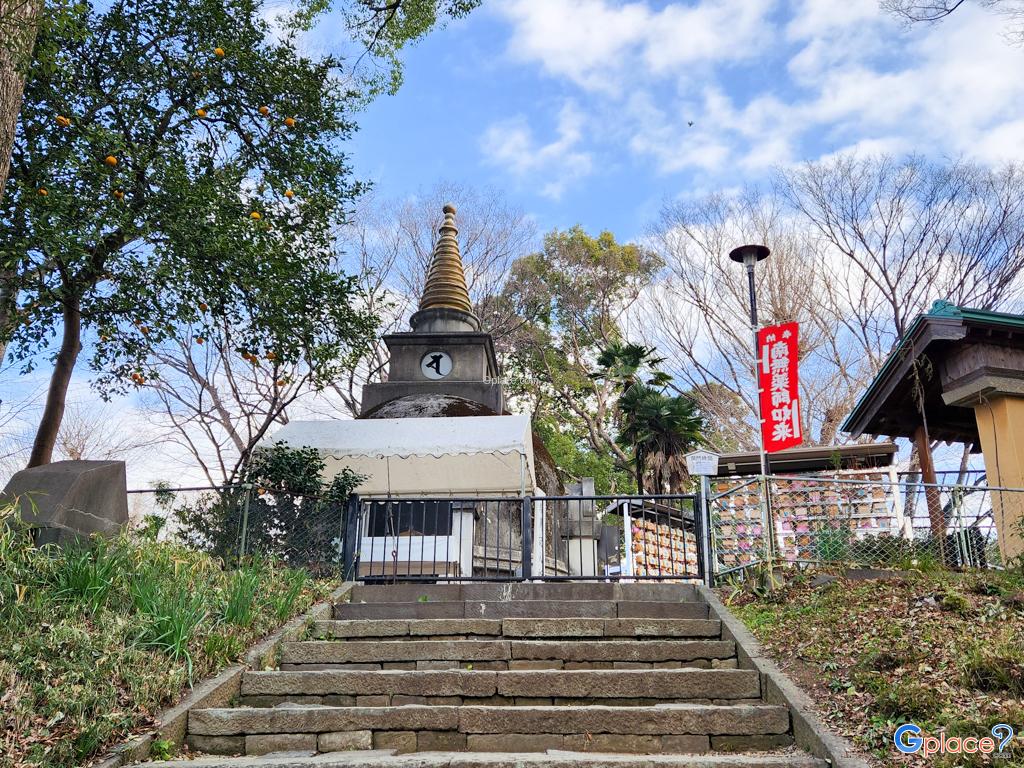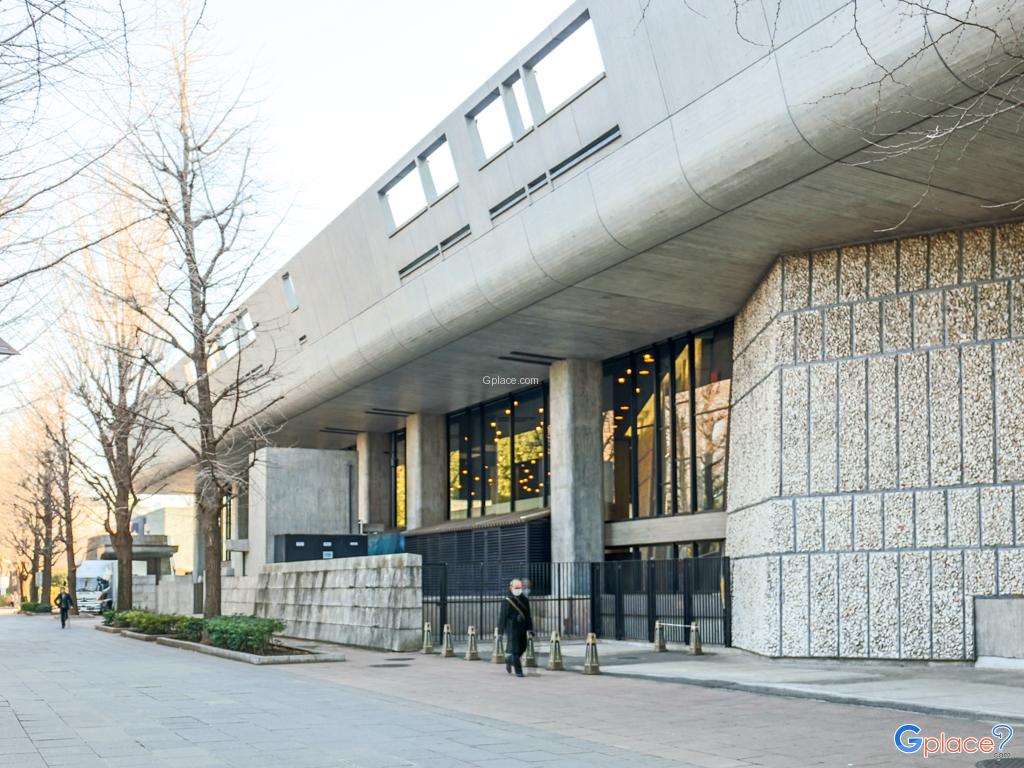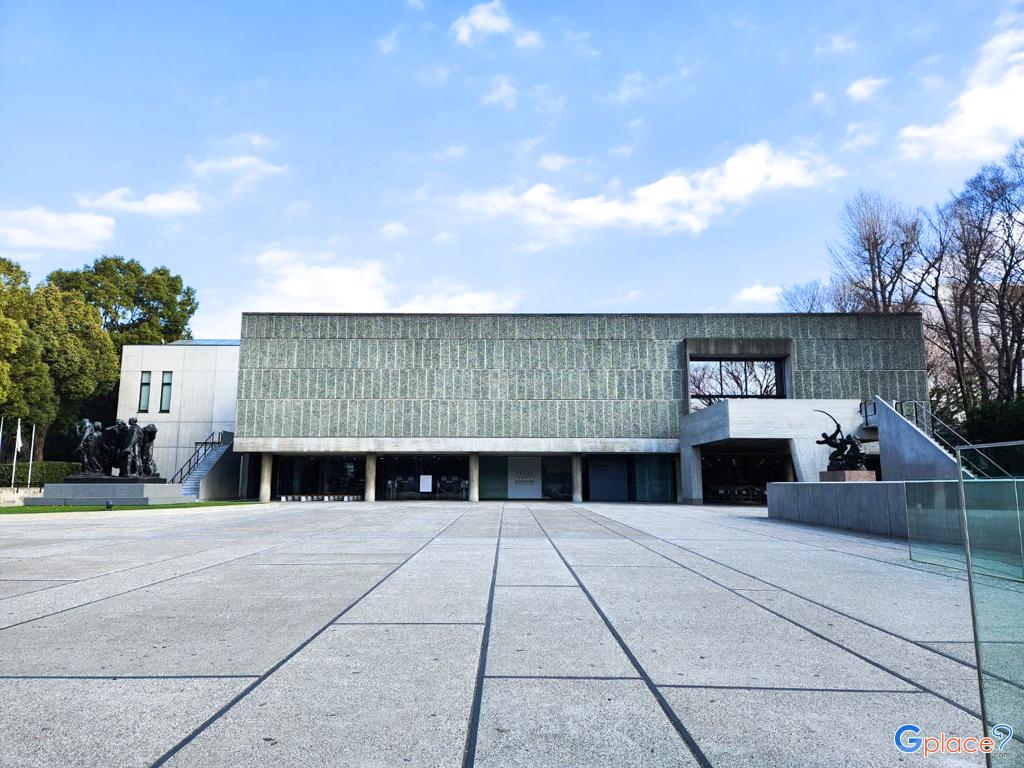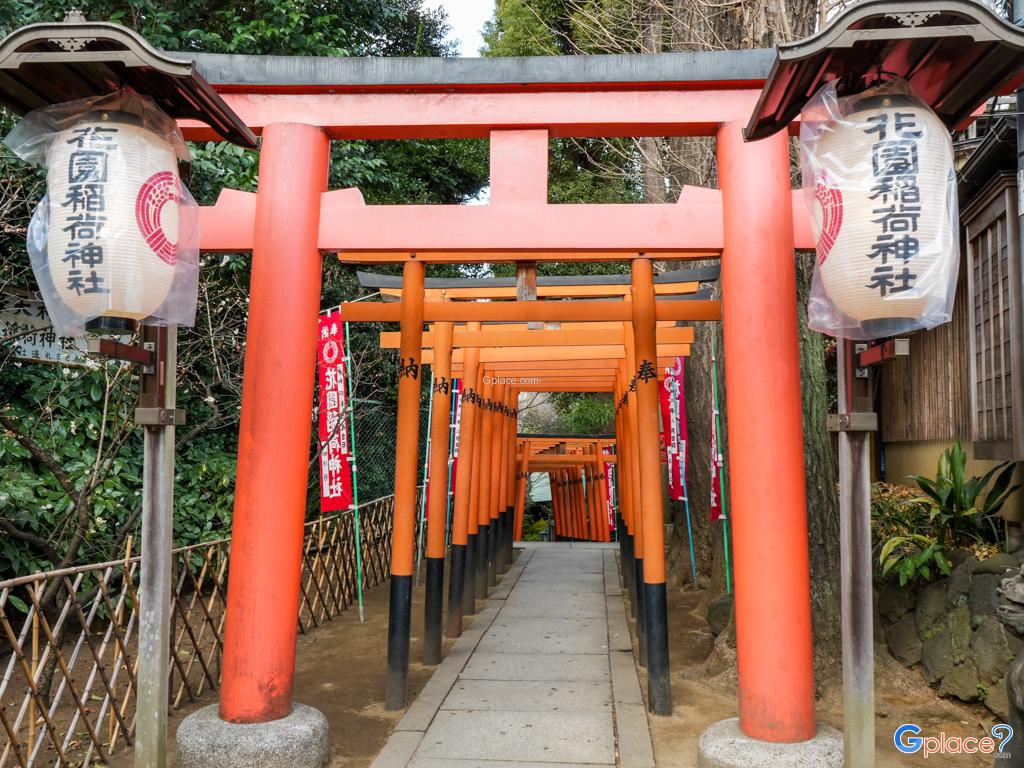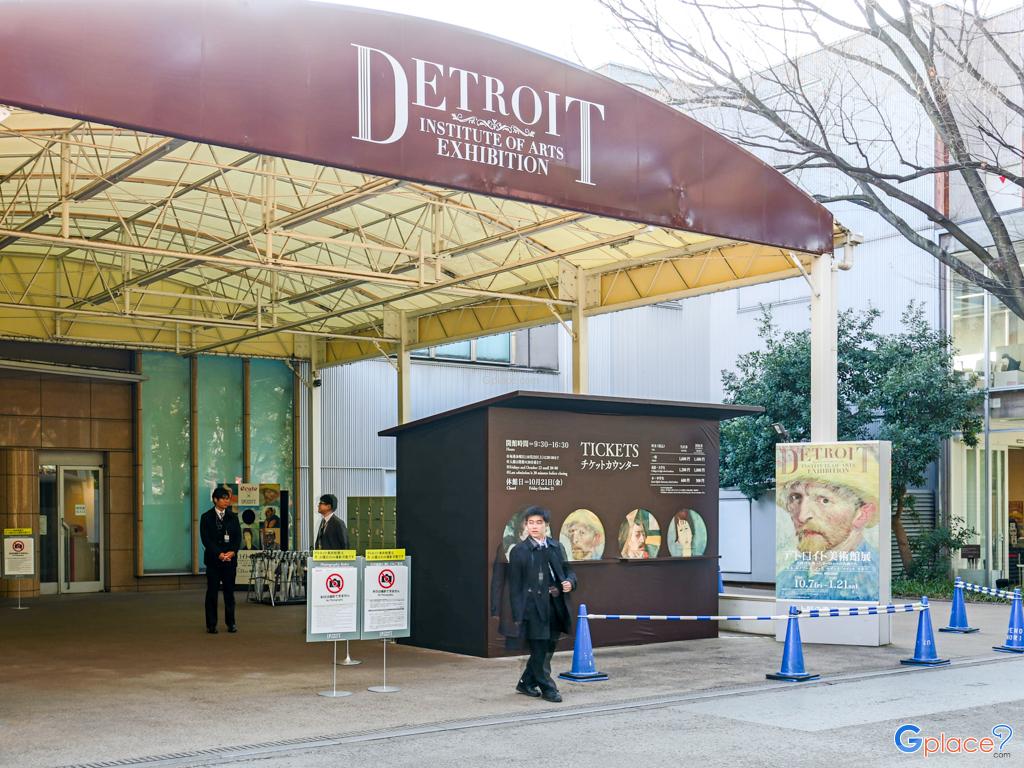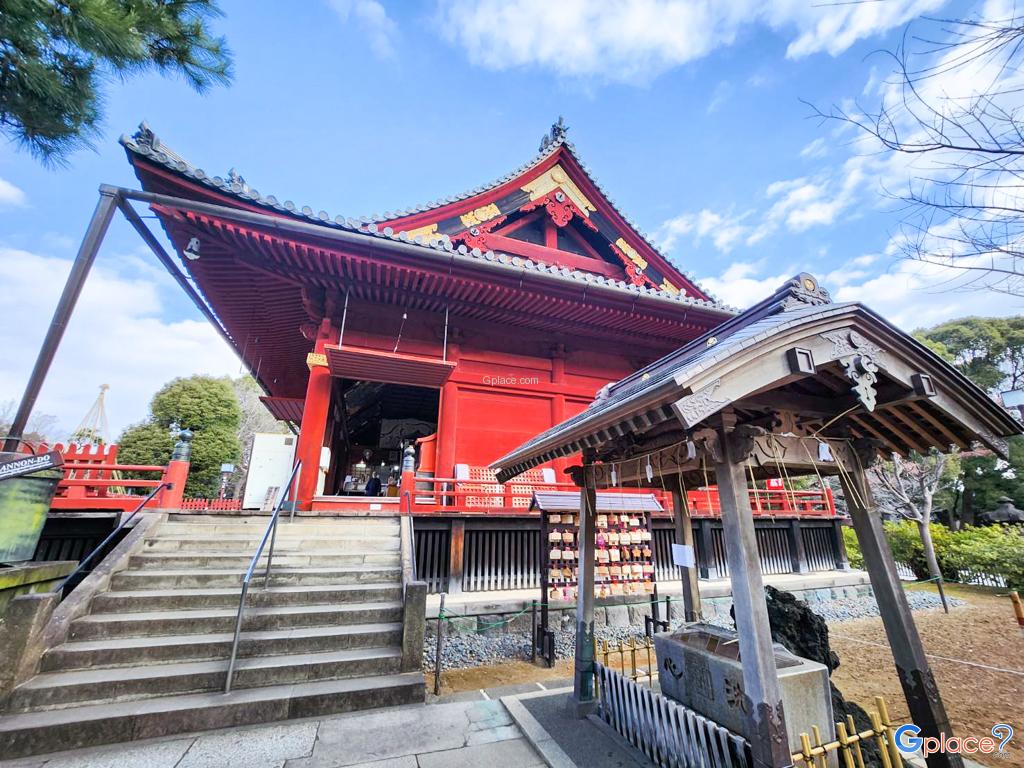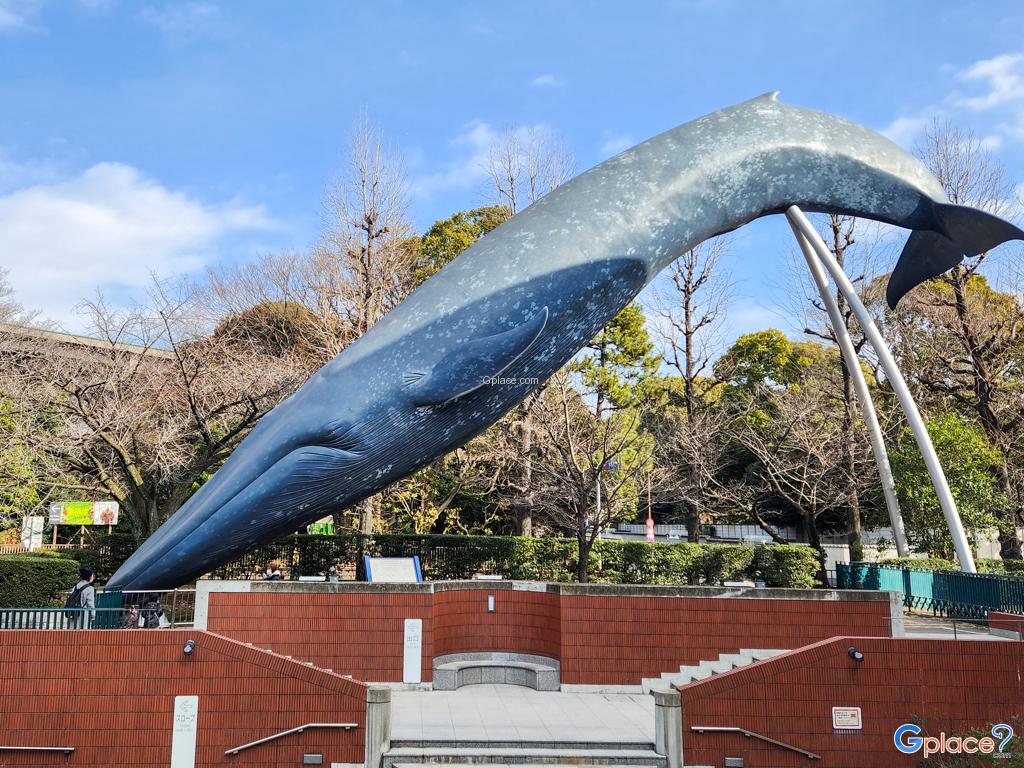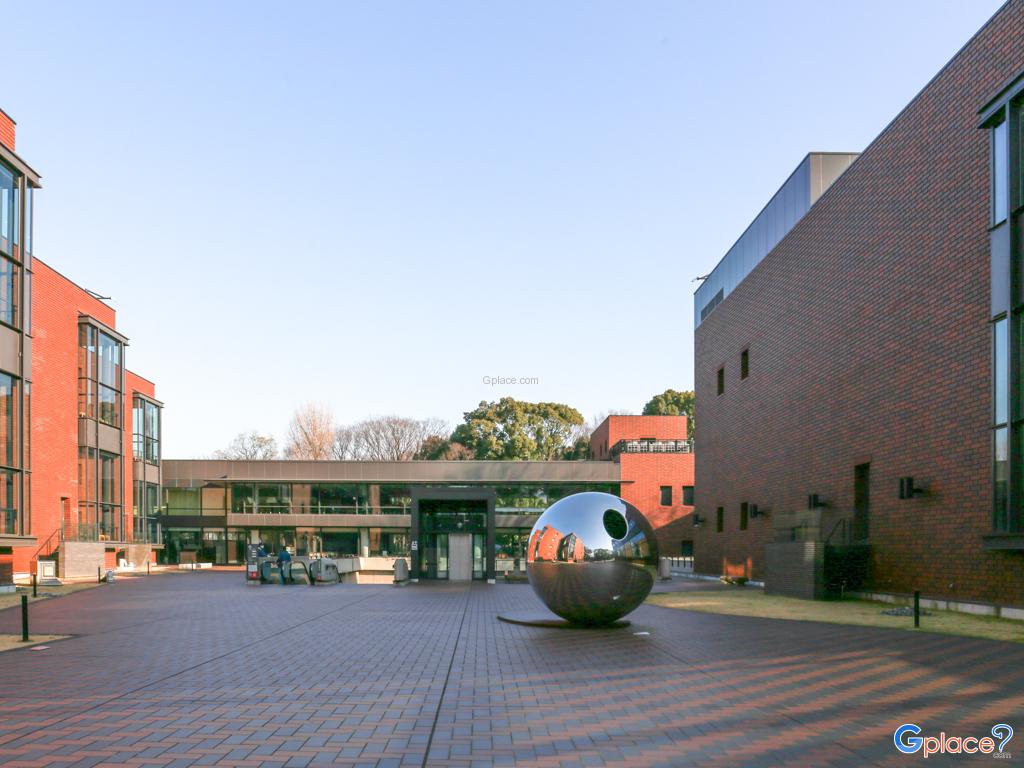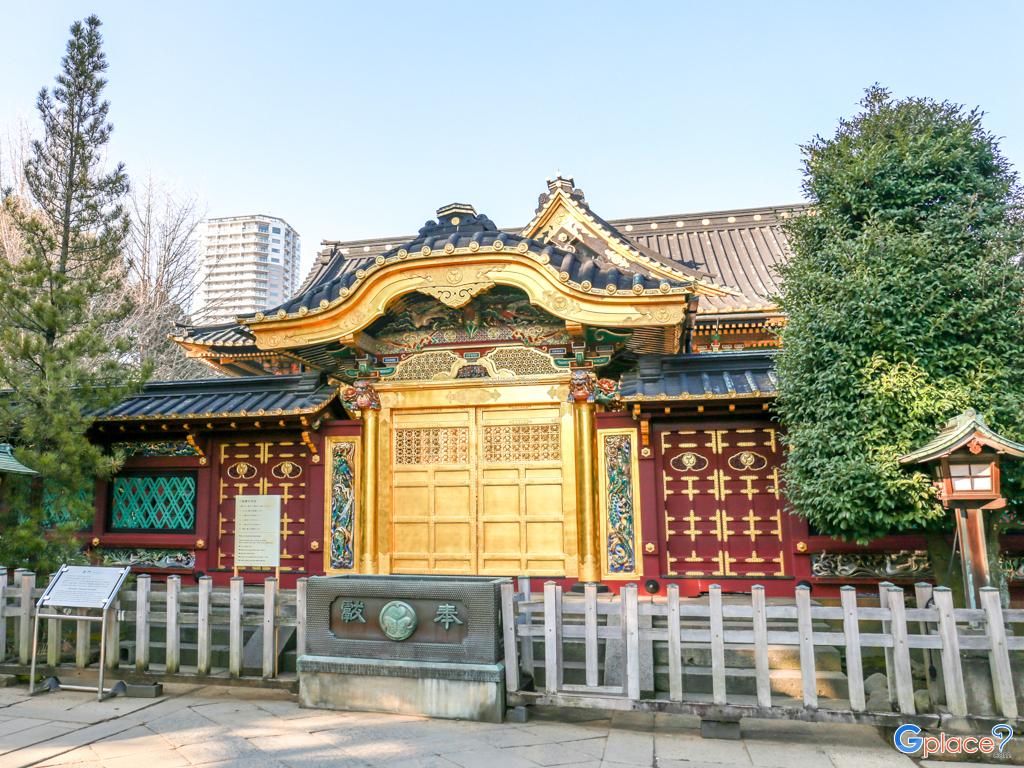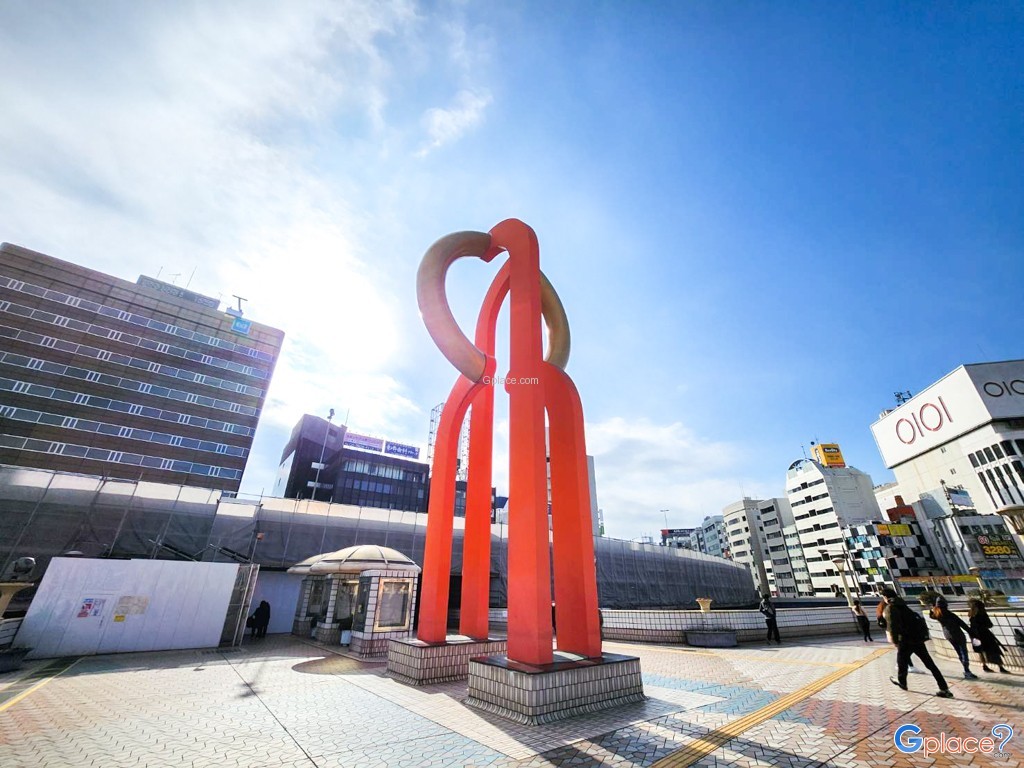“A vast public park in central Tokyo boasting over 1,000 cherry blossom trees, serene walking paths, and access to several renowned museums and a zoo.”
Ueno Park is one of the largest public park of Japan. It used to be the site of the Kaneiji Temple, built by the Tokugawa shogunate to protect Edo Castle from attacks by the Northeast. The temple was destroyed during the Boshin War.
Ueno Park was granted permission to be built on imperial land by Emperor Taisho in 1924. Its official name is Ueno-onshi Koen, meaning "Ueno Park, Emperor's Gift". The famous statue of Saigo Takamori walking with his dog in the park is a symbolic point of the park.
Ueno Park was established in 1876 to showcase new crafts and products to promote Japan's modern advancement, and it also paved the way for Western art to enter into Japan later. So much so that the first escalator was installed here, right by the pond, showing the importance of the Ueno area to Japanese craft culture.
Ueno Park is one of Tokyo's major tourist attractions and a hub for Japanese art and culture. There is a walkway connecting to many atttractive places as follows:-
- Tokyo National Museum
- National Museum of Nature and Science
- National Museum of Western Art
- Tokyo Art Museum
- Tokyo Metropolitan Festival Hall
- Shinobazu Temple and Pond
- Ueno Zoo
Nowadays, it has become one of the oldest and largest parks in Japan. It is a popular place for cherry blossom viewing, with many people flocking to the park. During the cherry blossom season, the park is packed with people. Most people like to sit on mats and eat, and take a walk to see the flowers in bloom, as there are over a thousand cherry trees lining both sides of the road.
How to Get There
-
By Train:
-
Ueno Station is served by JR Yamanote Line, Keihin-Tohoku Line, and Tokyo Metro Ginza and Hibiya Lines.
-
-
From Airports:
-
Approximately 80 minutes from Narita Airport and 40 minutes from Haneda Airport via express trains (Narita Express, Haneda Express).
-
-
From Major Tokyo Stations:
-
6 minutes from Tokyo Station
-
15 minutes from Shinagawa Station
-
20 minutes from Shinjuku Station
-
30 minutes from Shibuya Station
-
-
By Bus:
-
Multiple bus routes pass near Ueno Park.
-
-
By Car:
-
Accessible via expressways with parking facilities nearby.
-
-
Other:
-
Walking and cycling routes connect the park to surrounding neighborhoods.
-
Note: Late March to early April sees heavy tourist traffic due to cherry blossom season; planning ahead is recommended to avoid congestion.
Travel Tips
-
Visit during spring for the spectacular cherry blossom viewing experience.
-
Wear comfortable walking shoes to explore the park and museums.
-
Bring a camera or smartphone to capture the beautiful scenery.
-
Picnics are popular during sakura season; some areas permit sitting on picnic mats.
-
Check museum and zoo opening hours in advance to plan your visit.
-
Ideal for families, art lovers, and nature enthusiasts alike.
Admission Fee:
- Free entry (some museums and the zoo may charge separate admission)
Opening Time:
- Open 24 hours (museum and zoo hours vary)

















